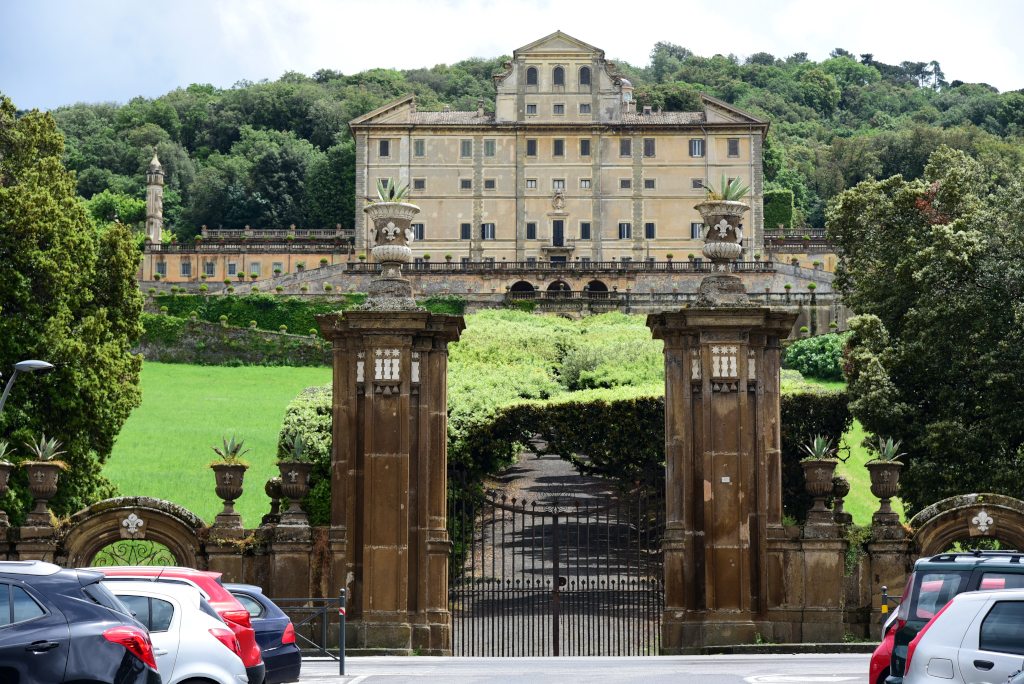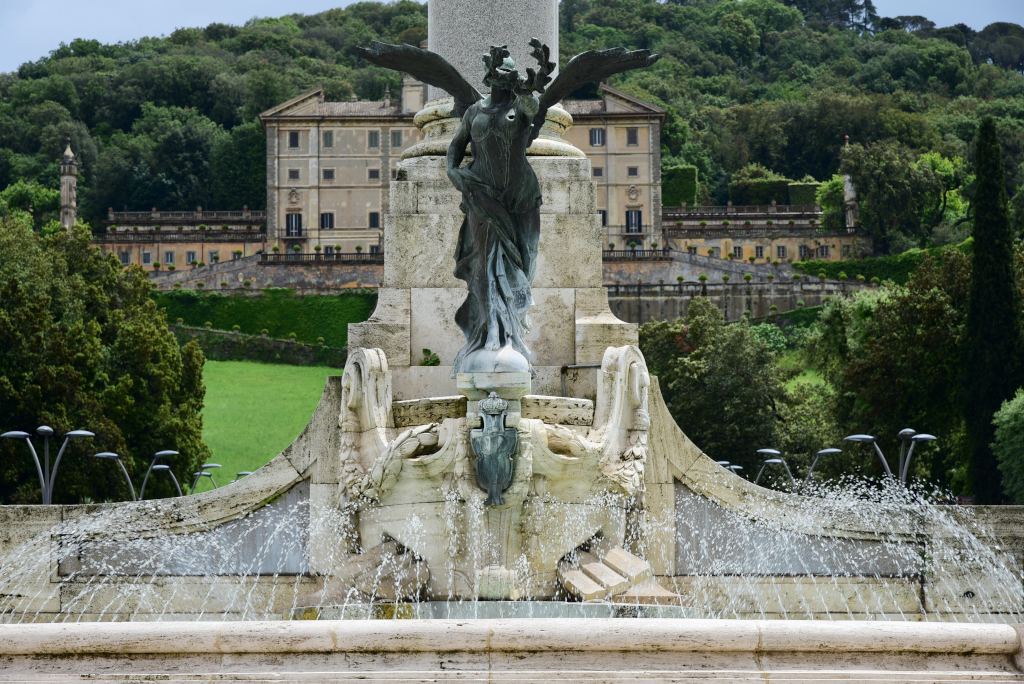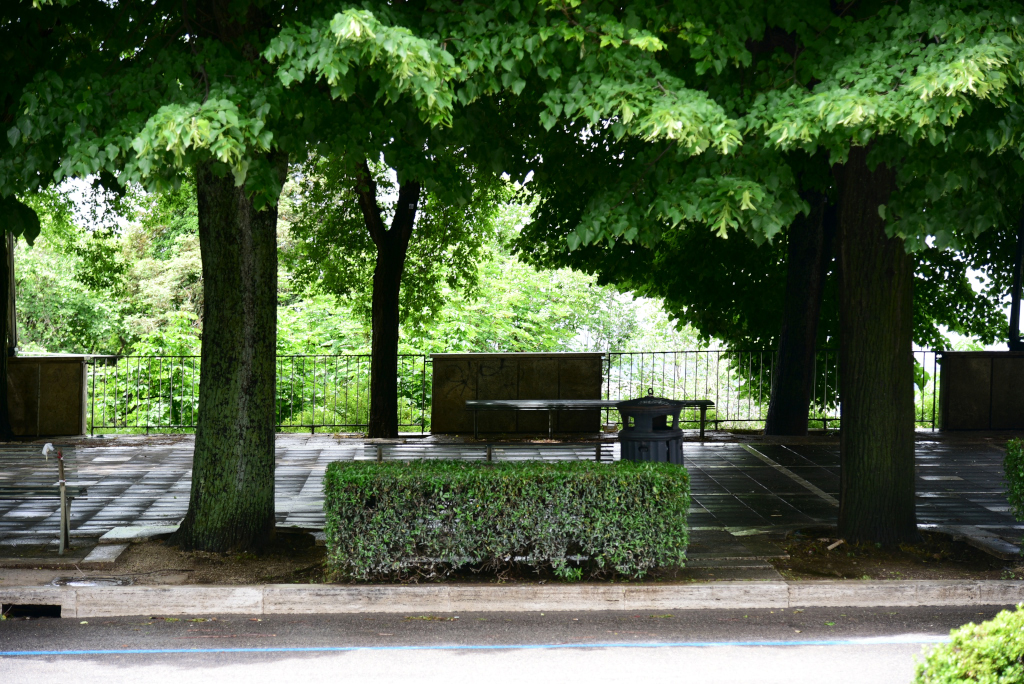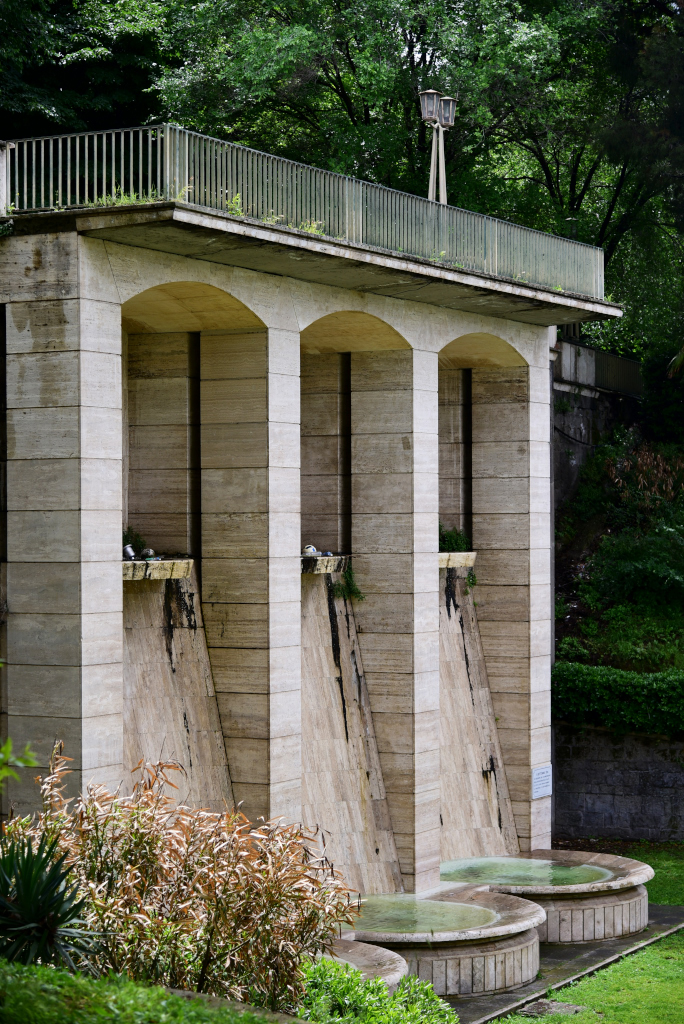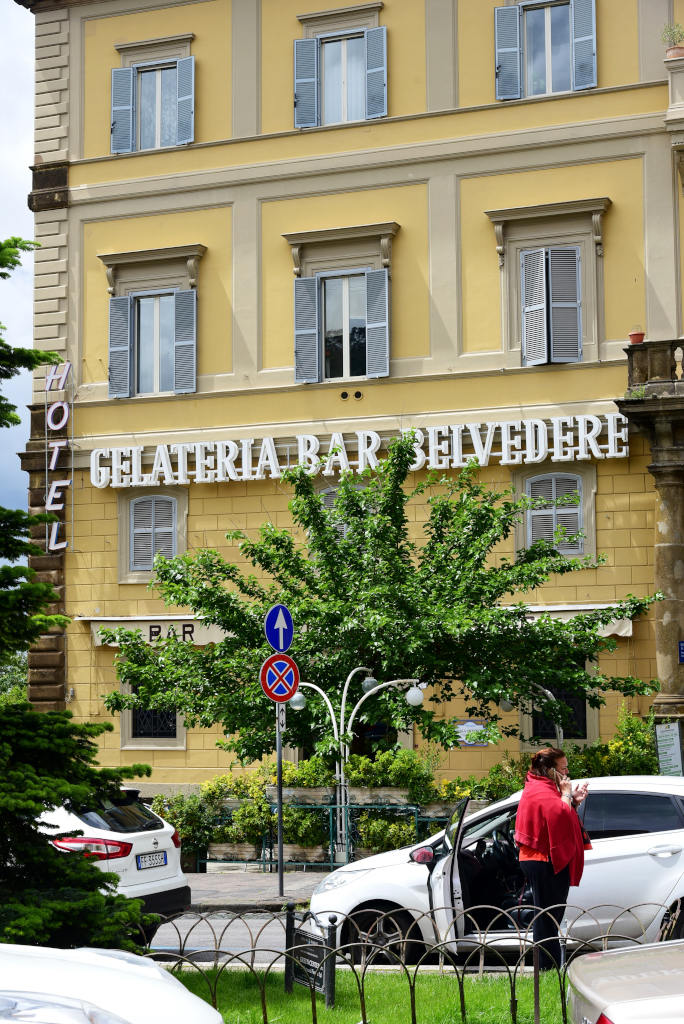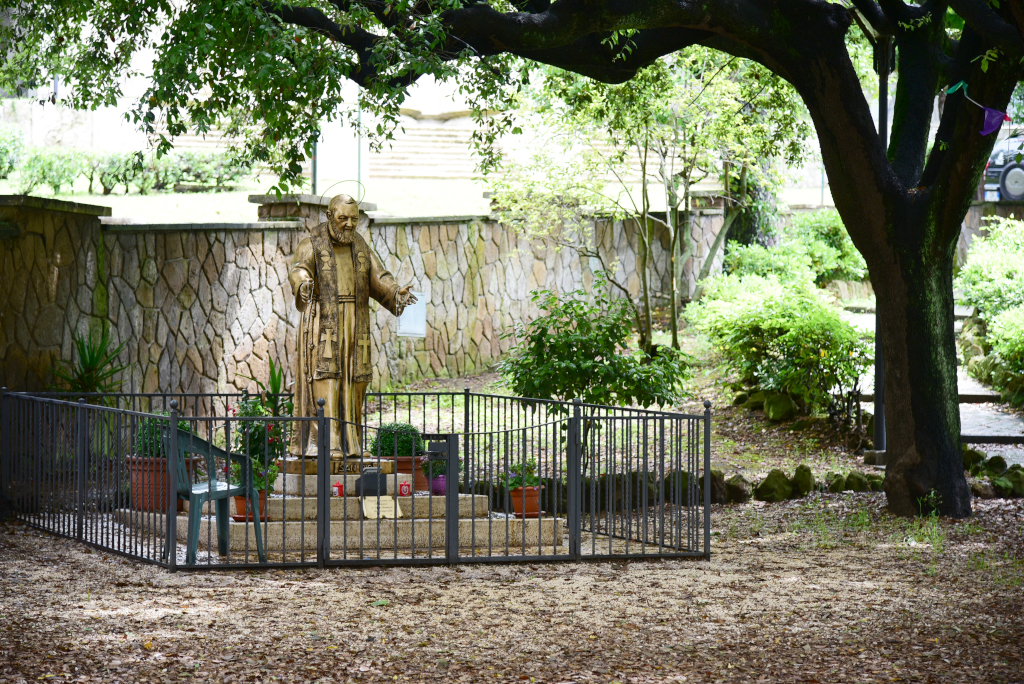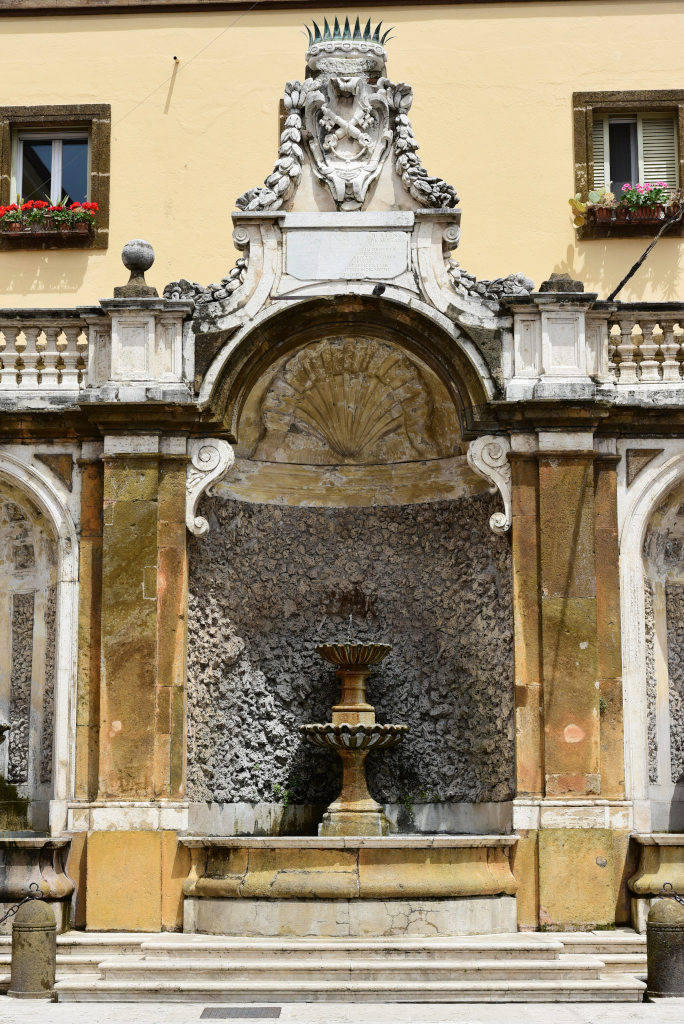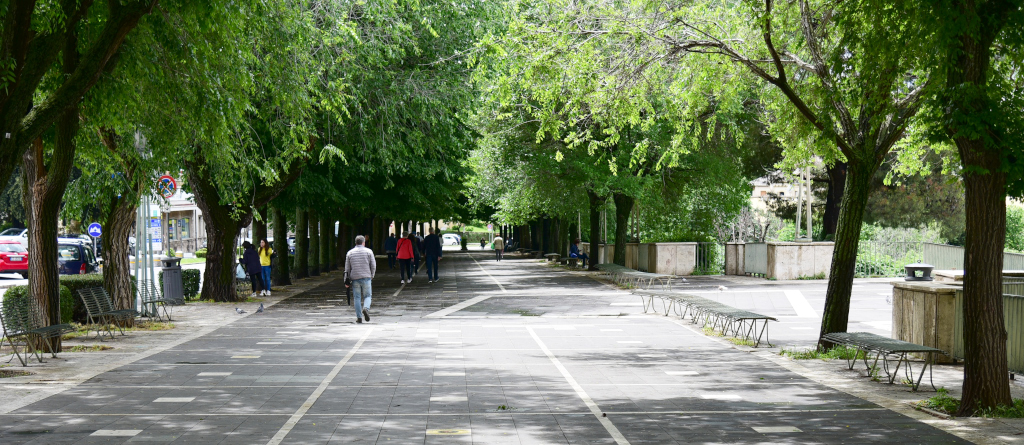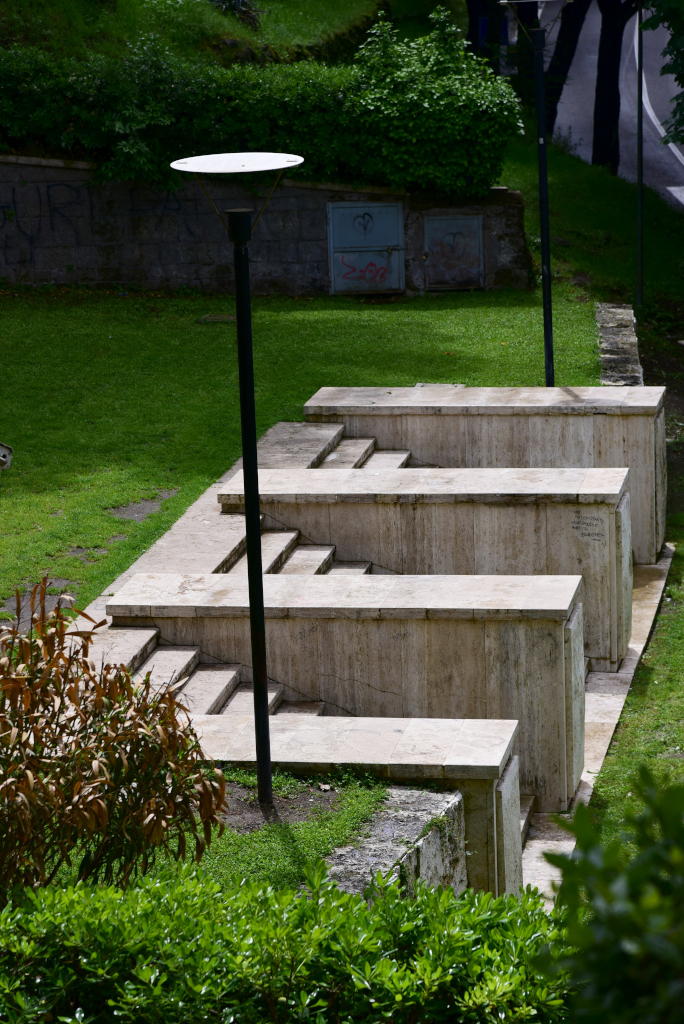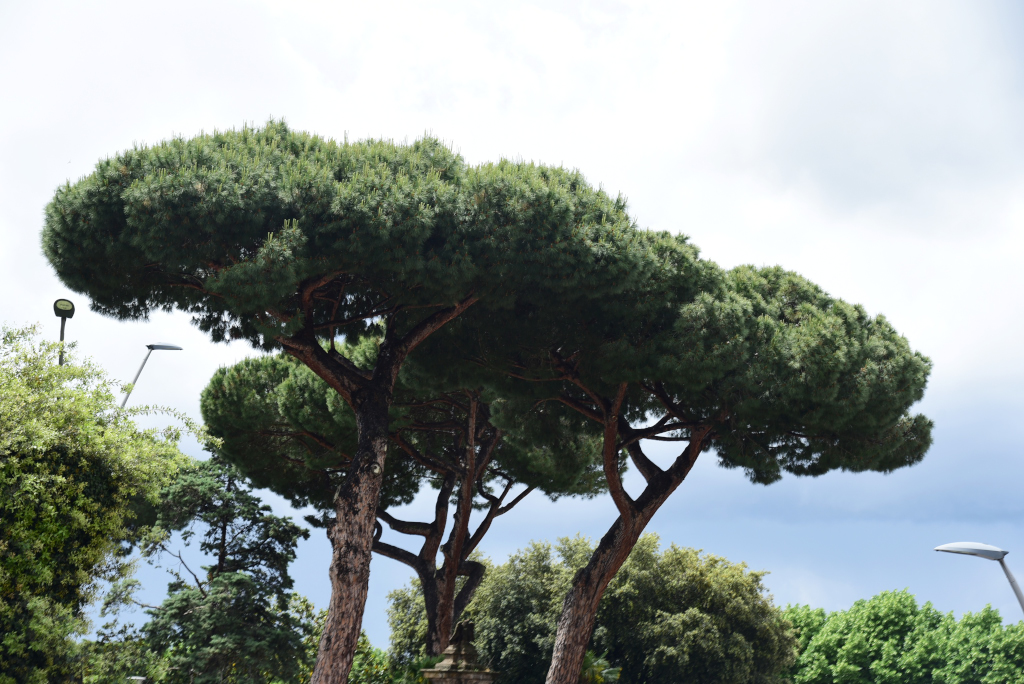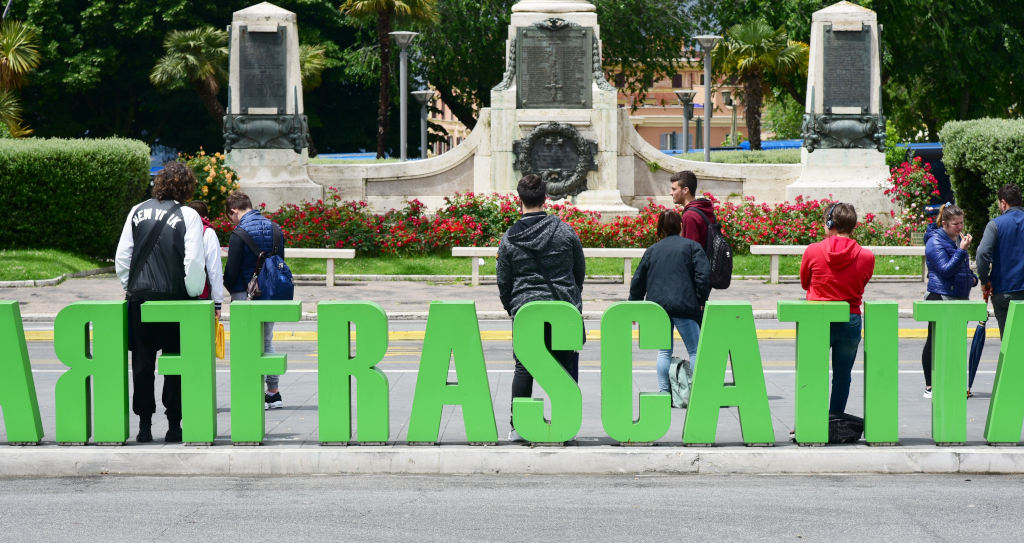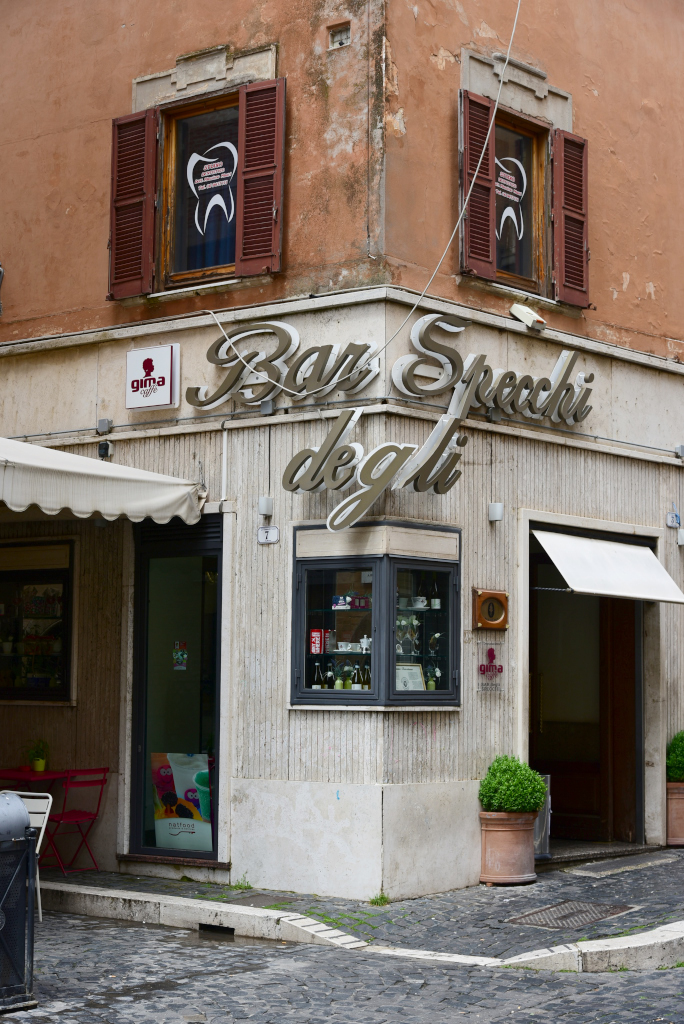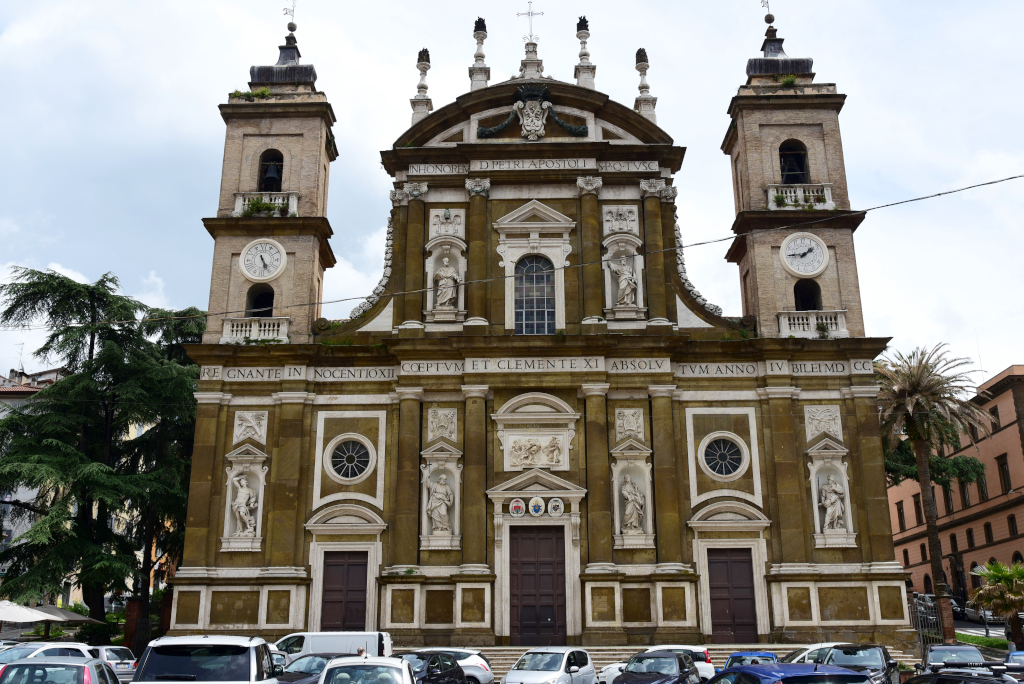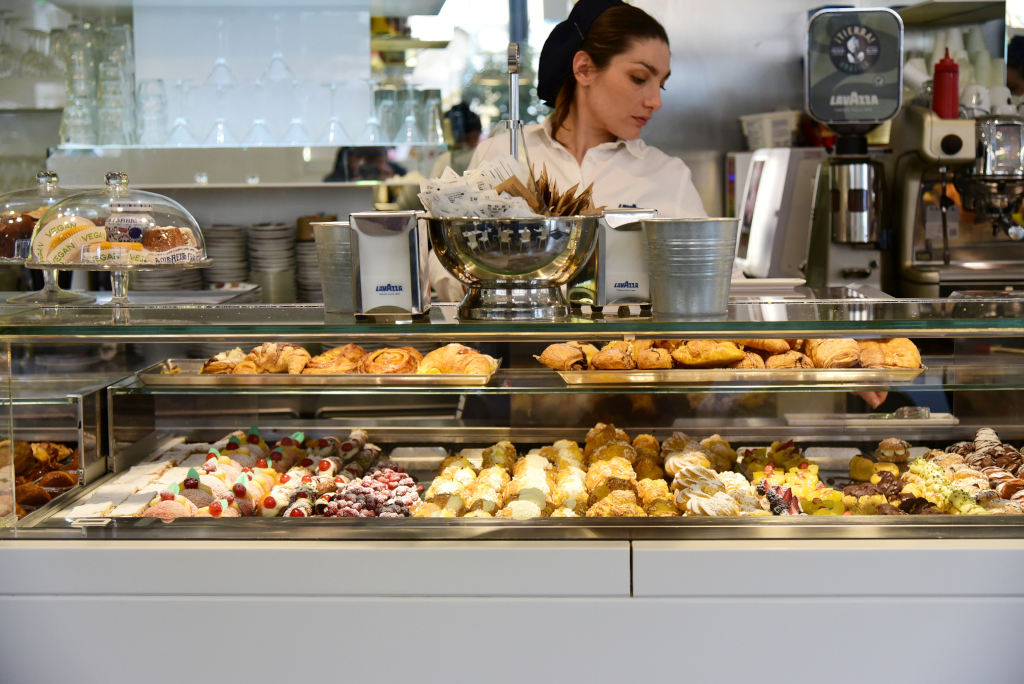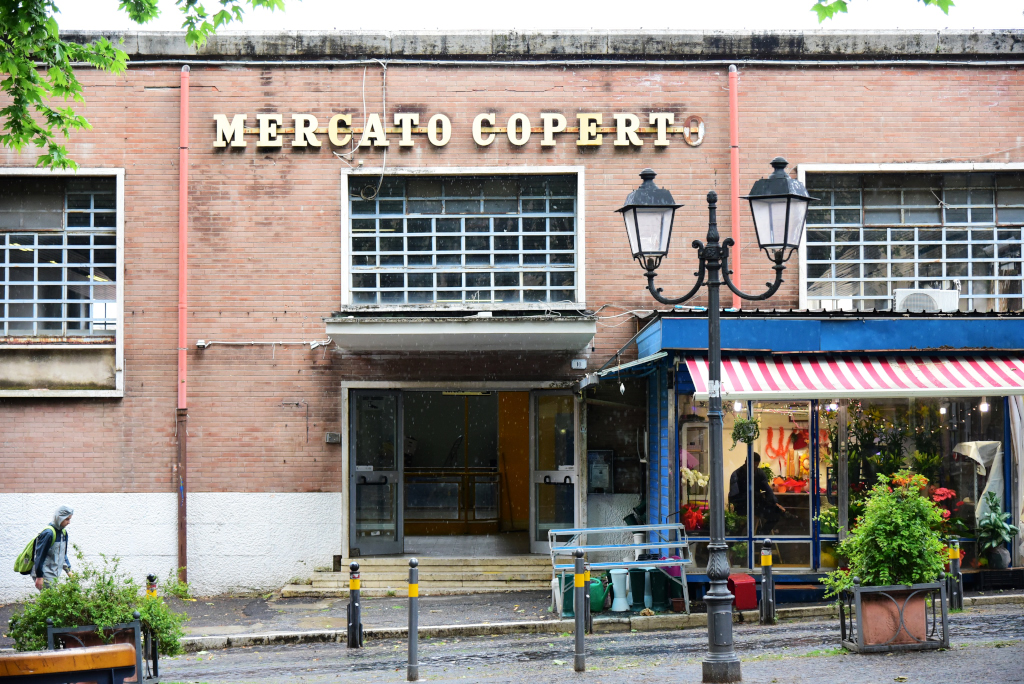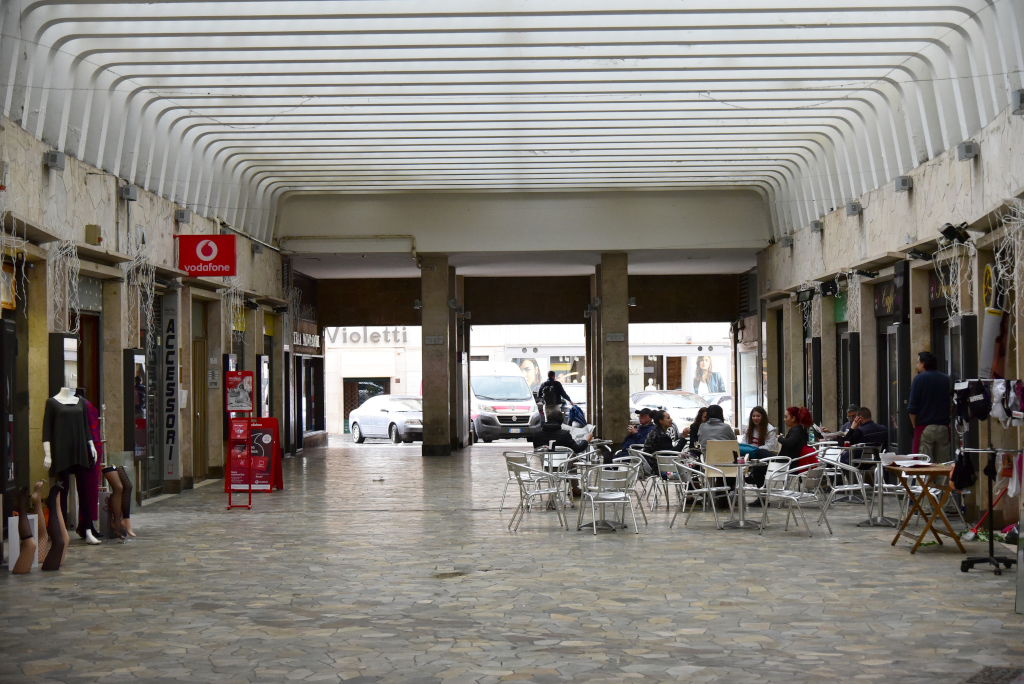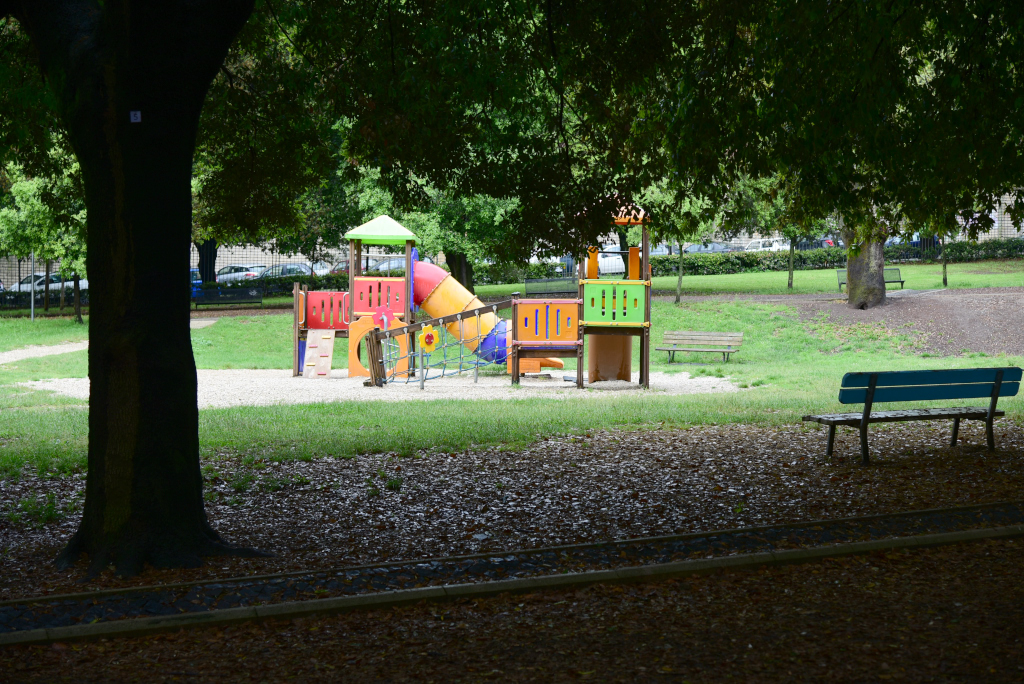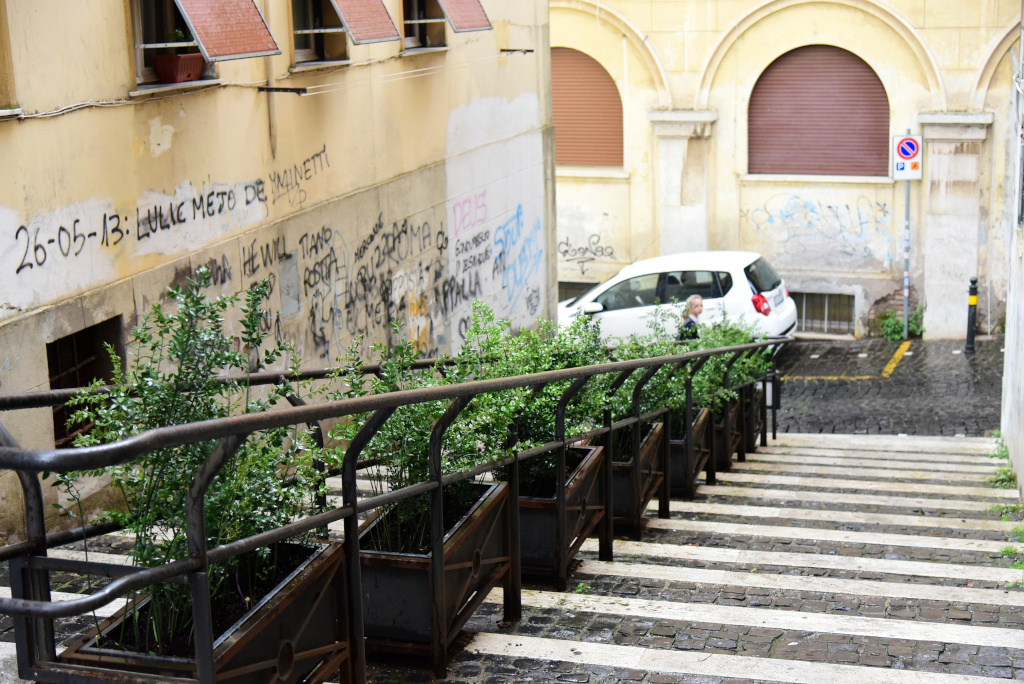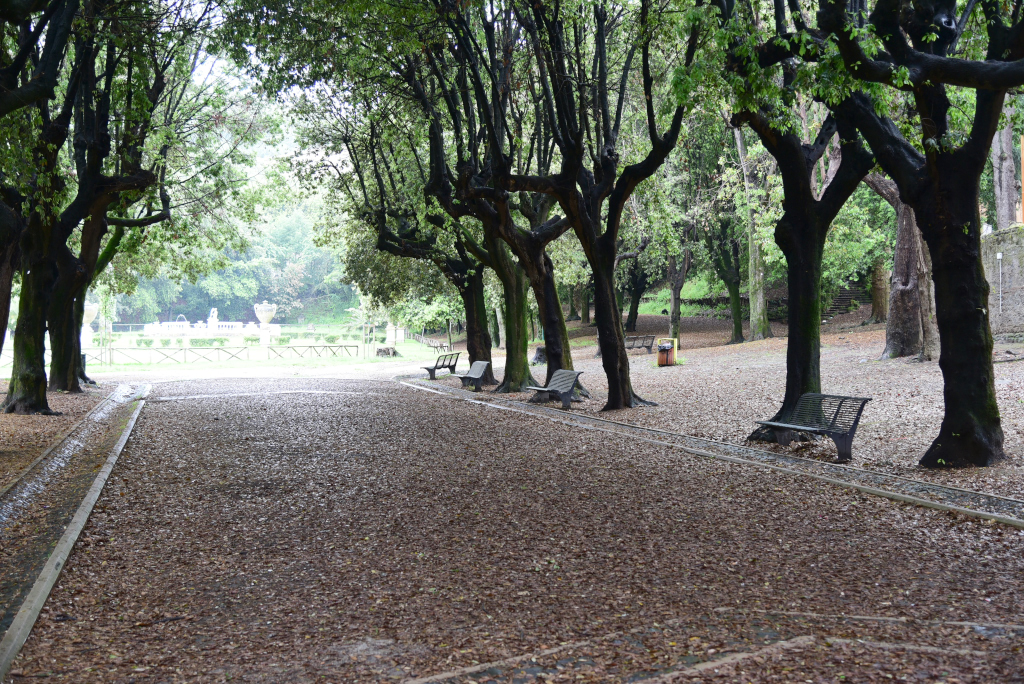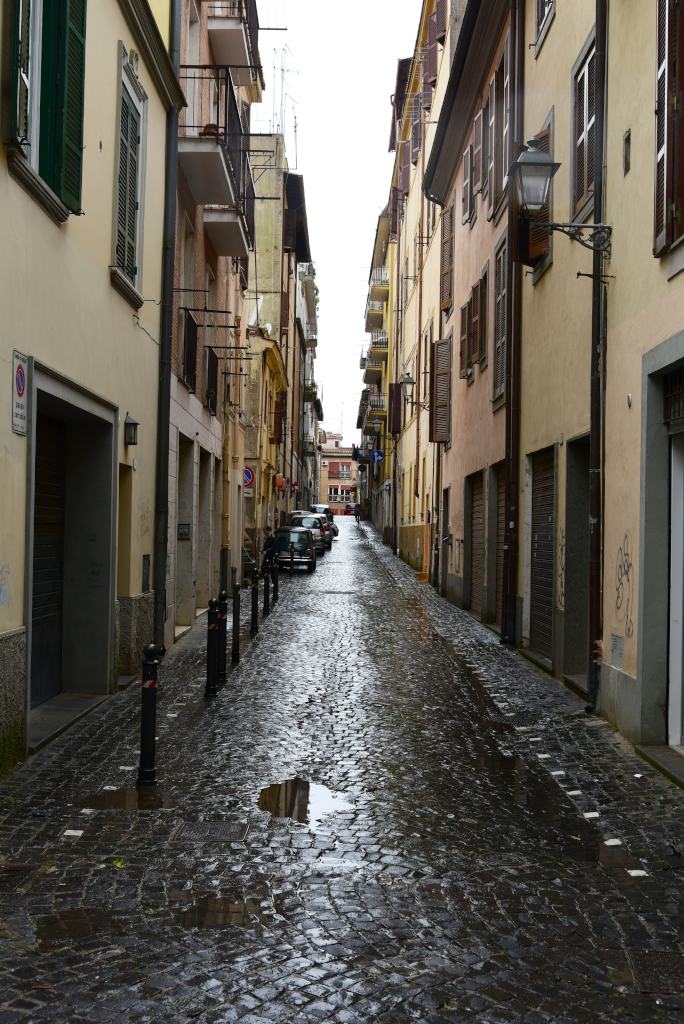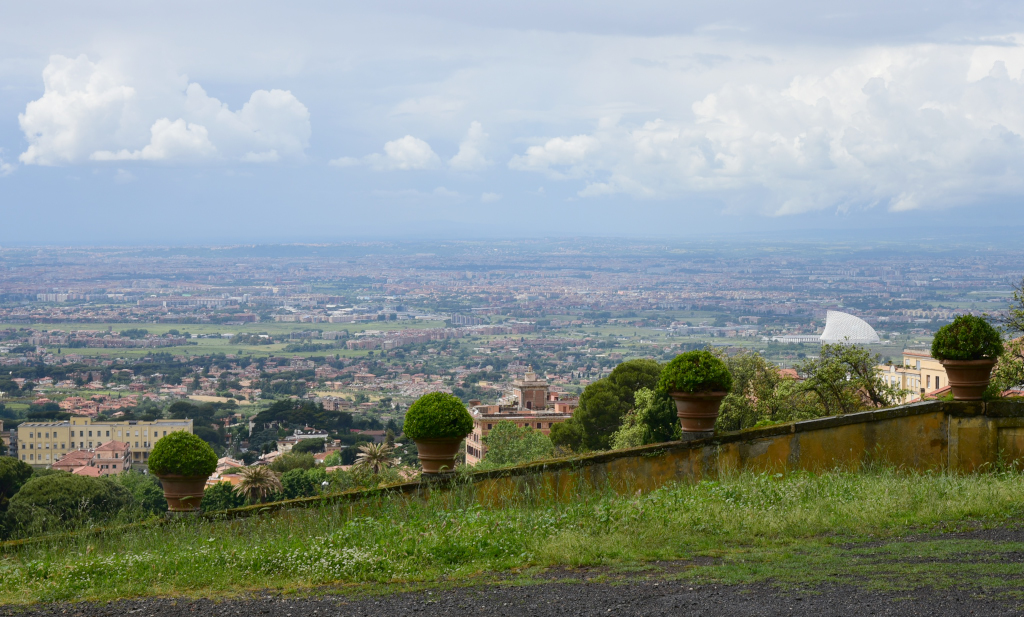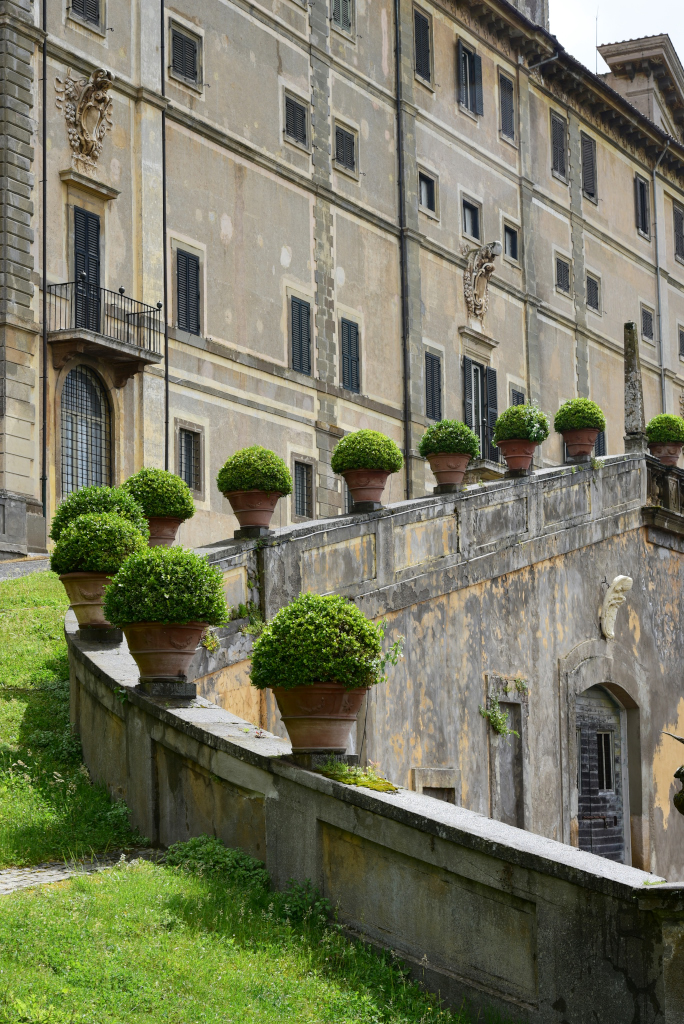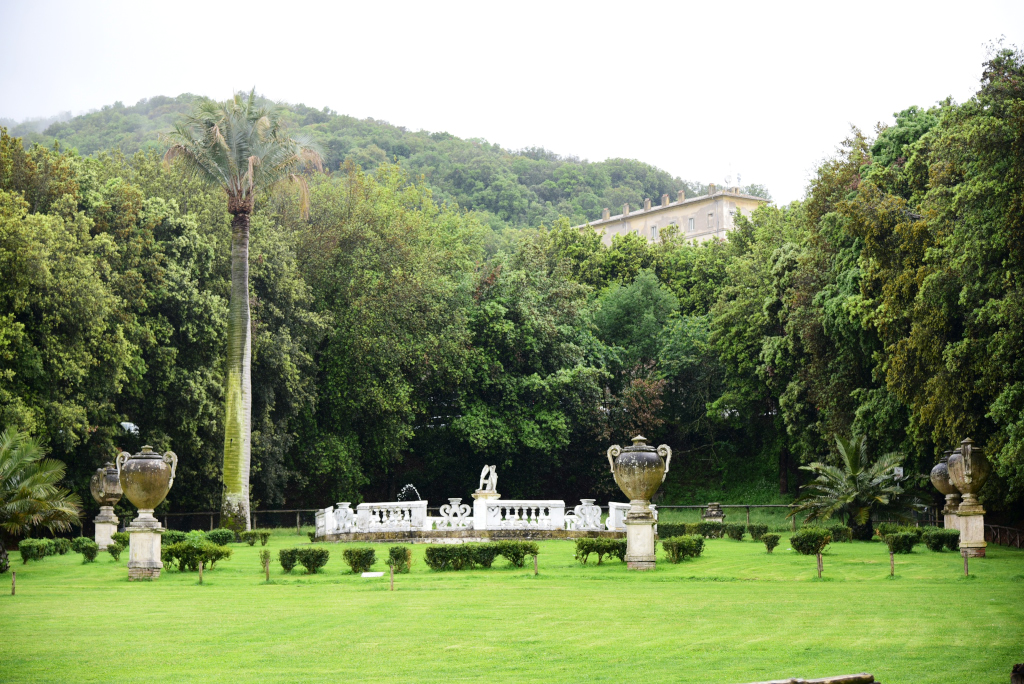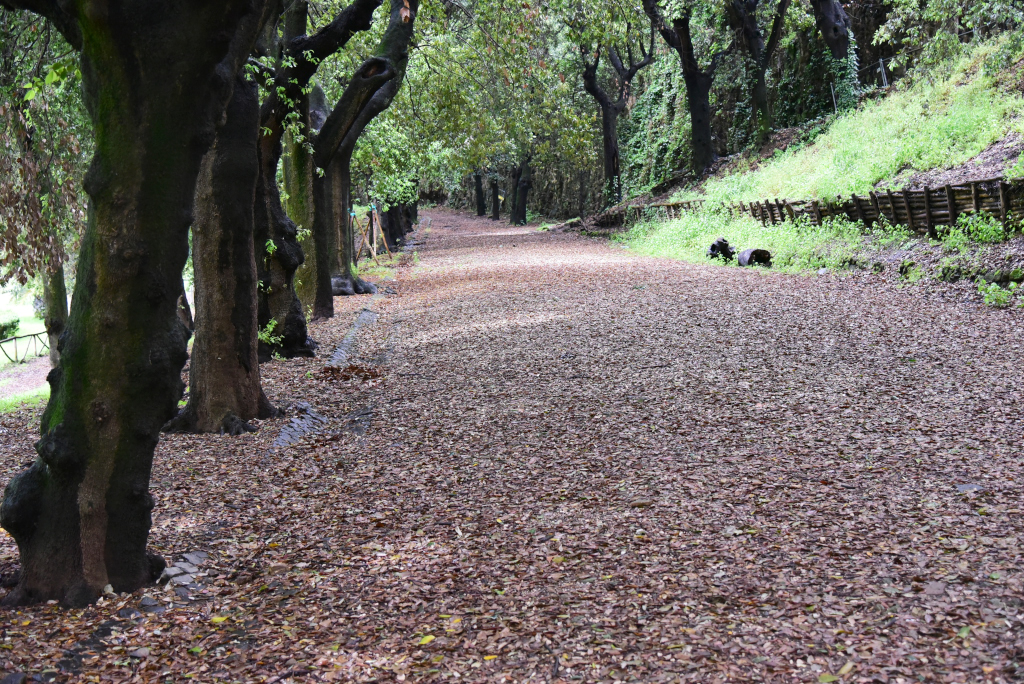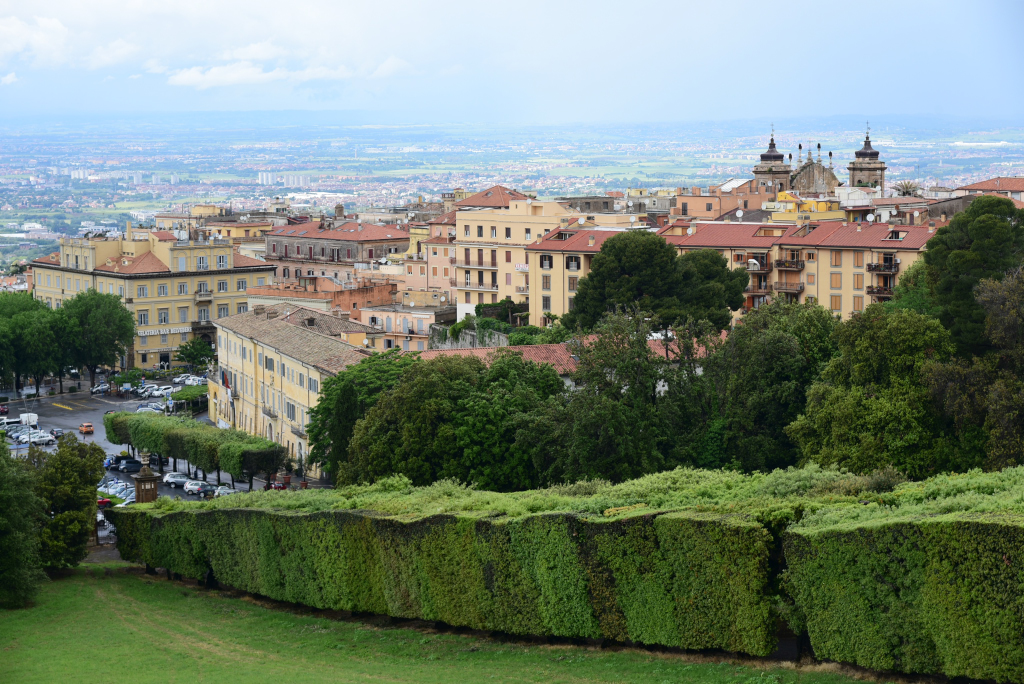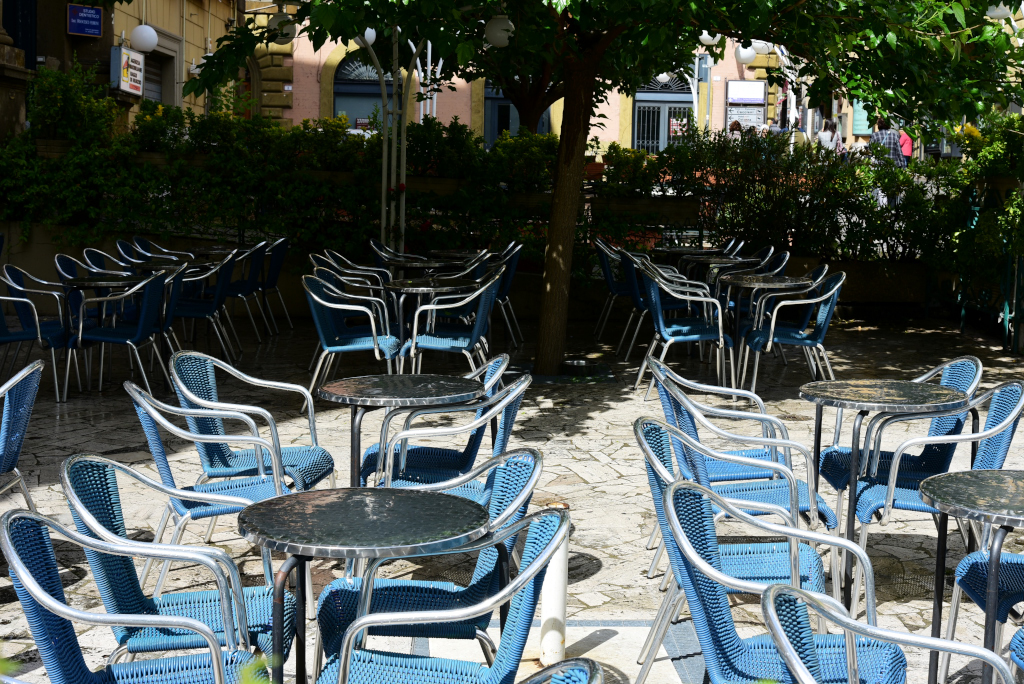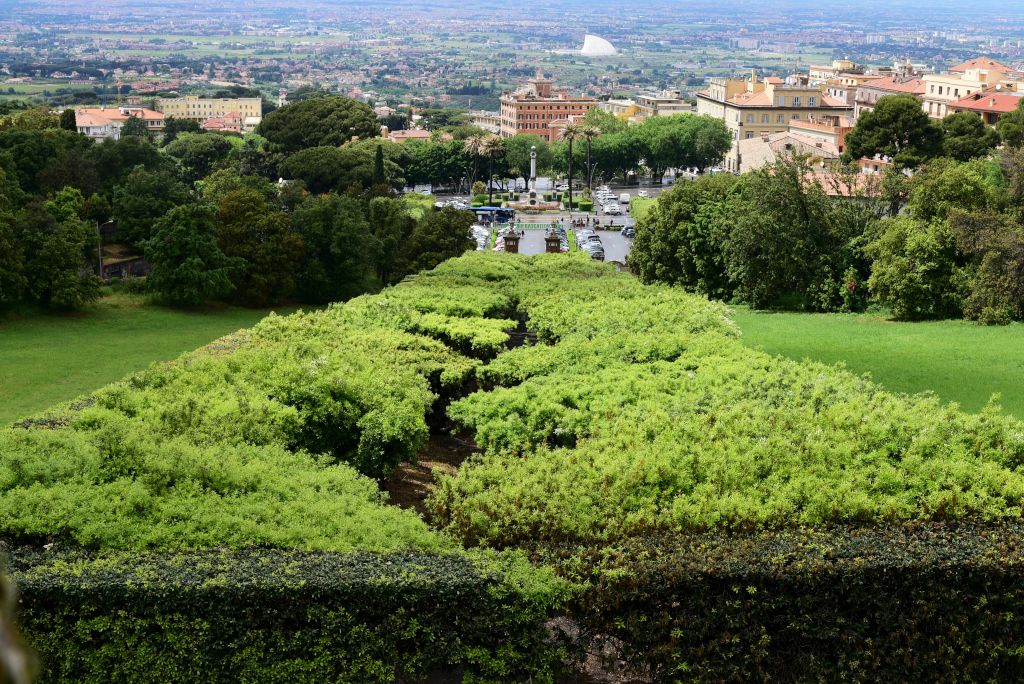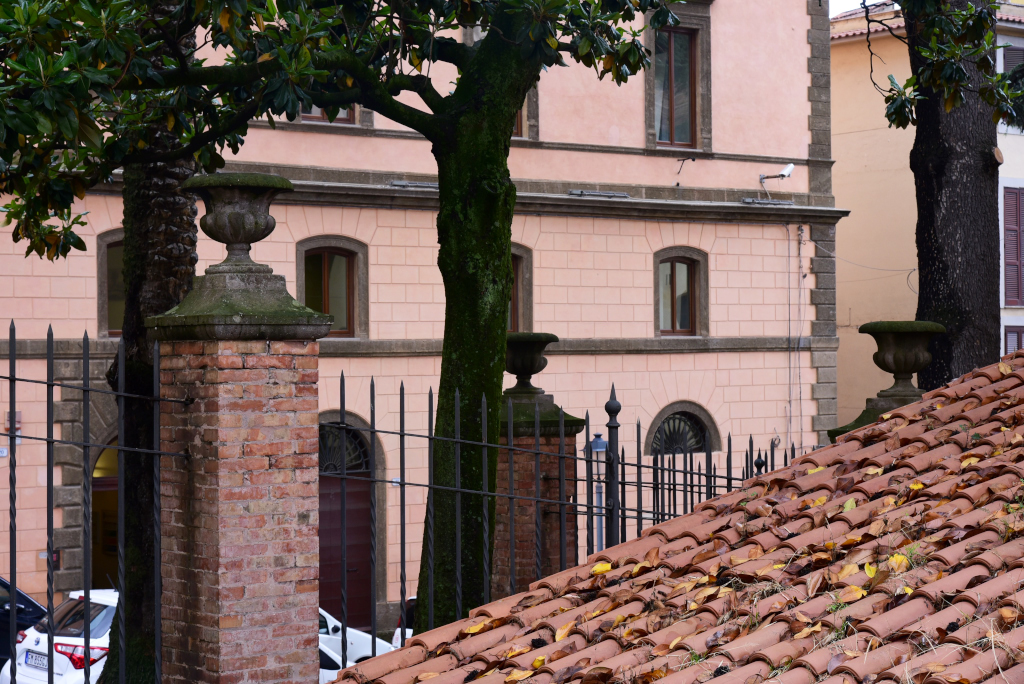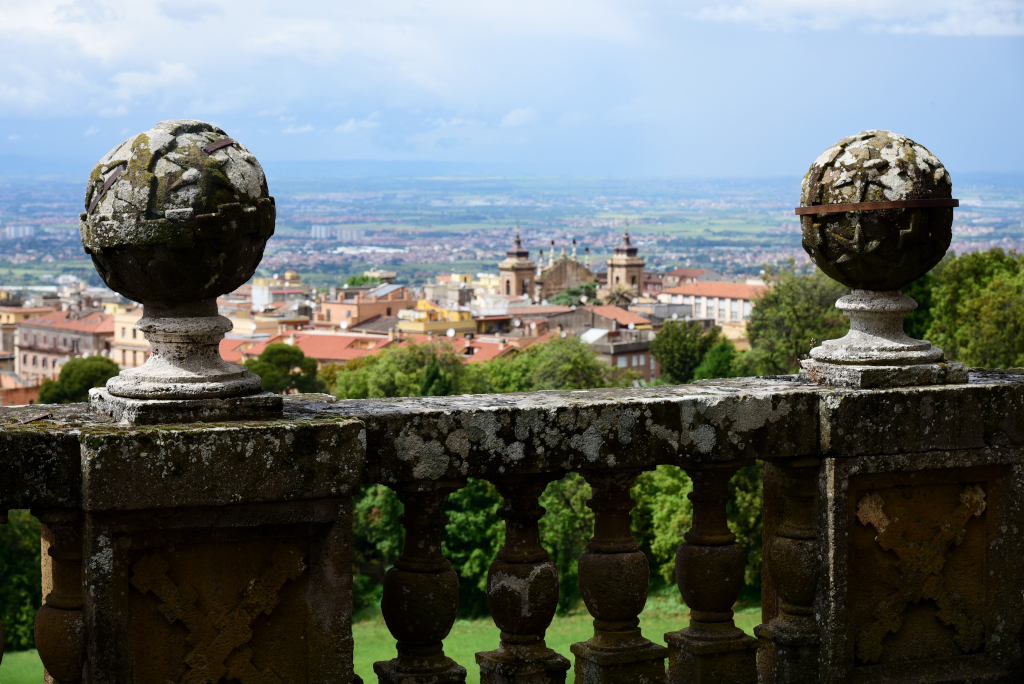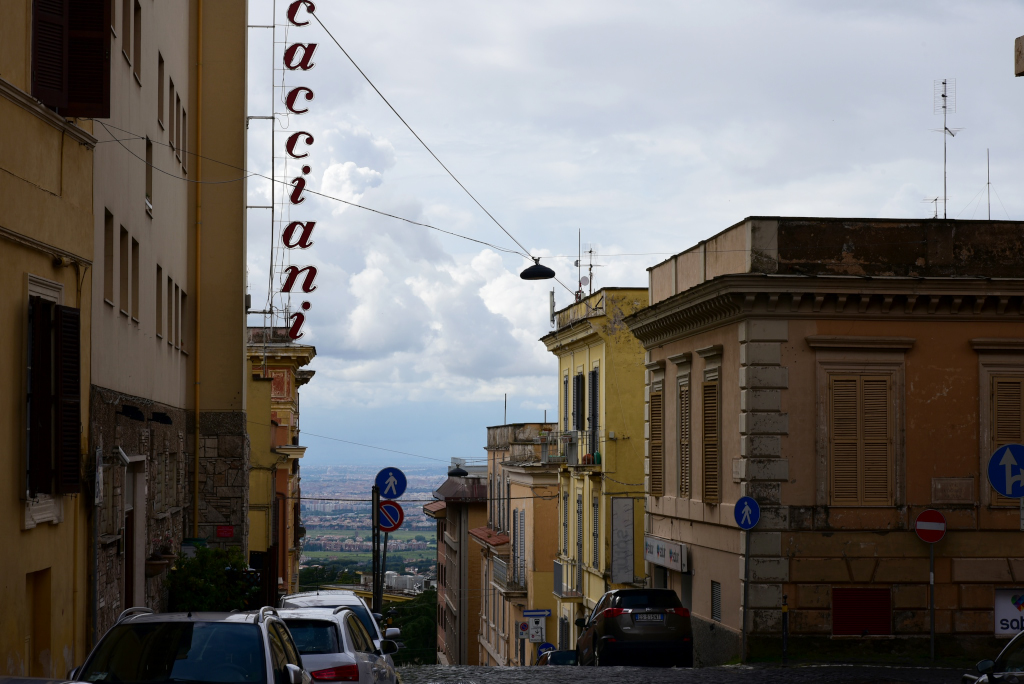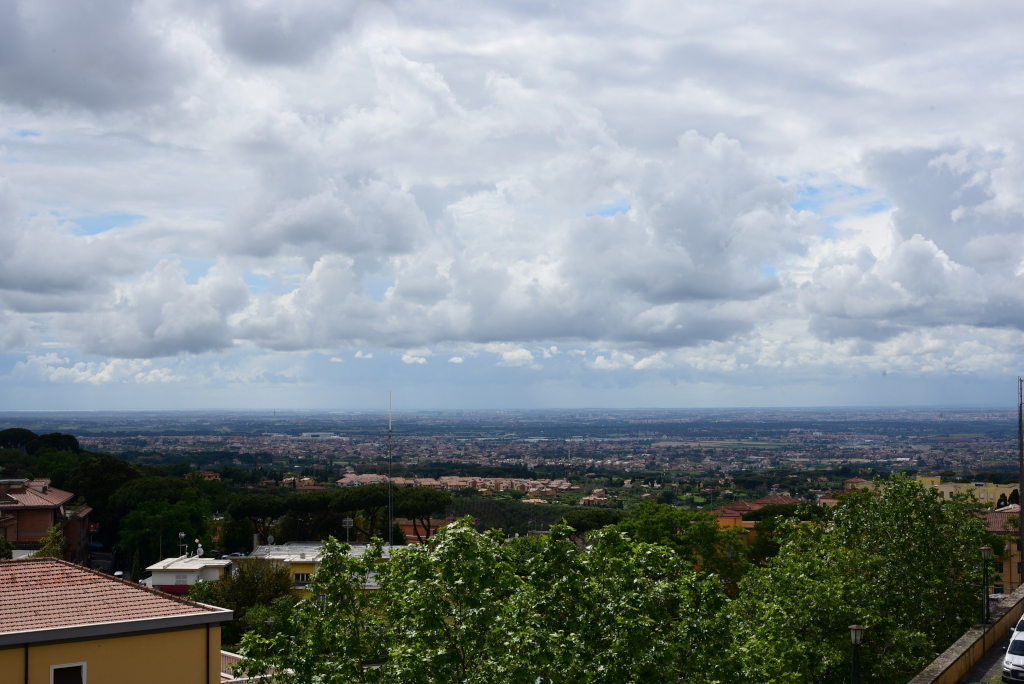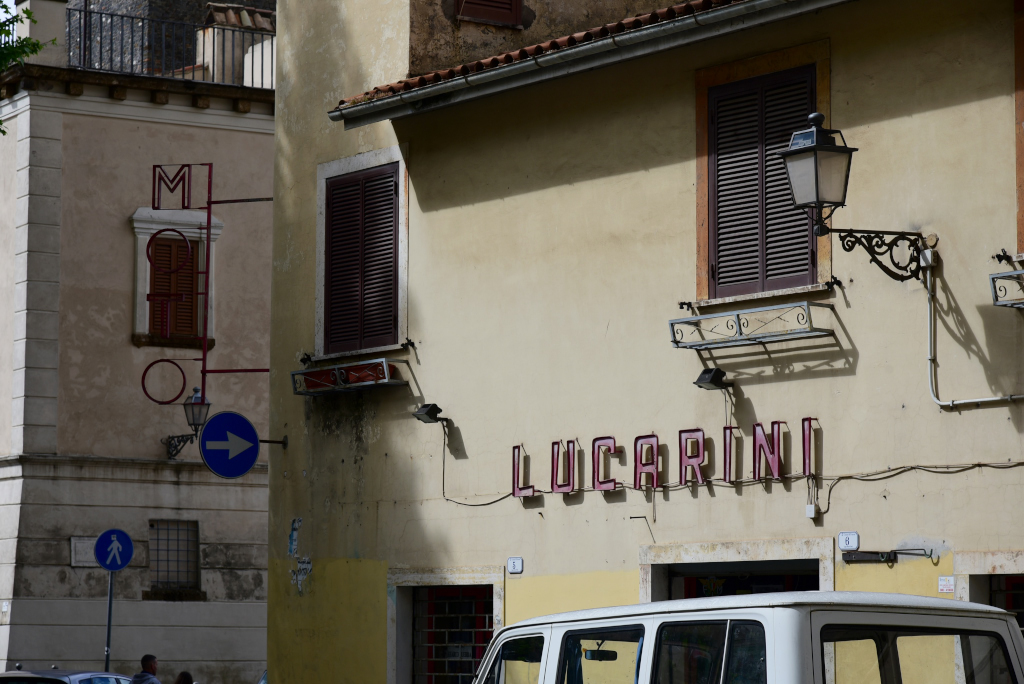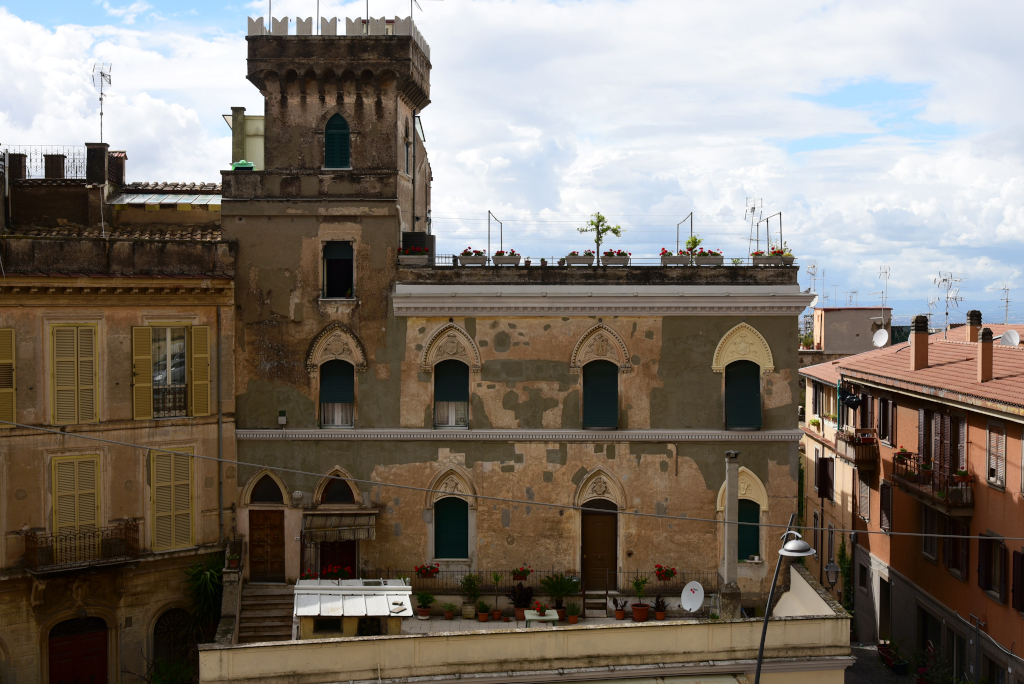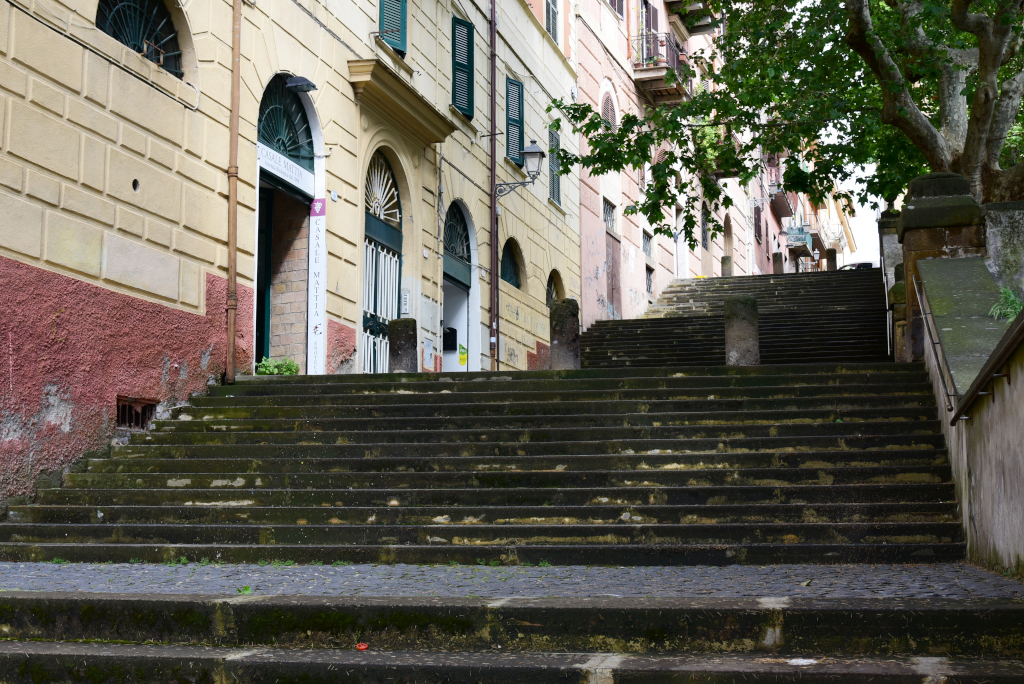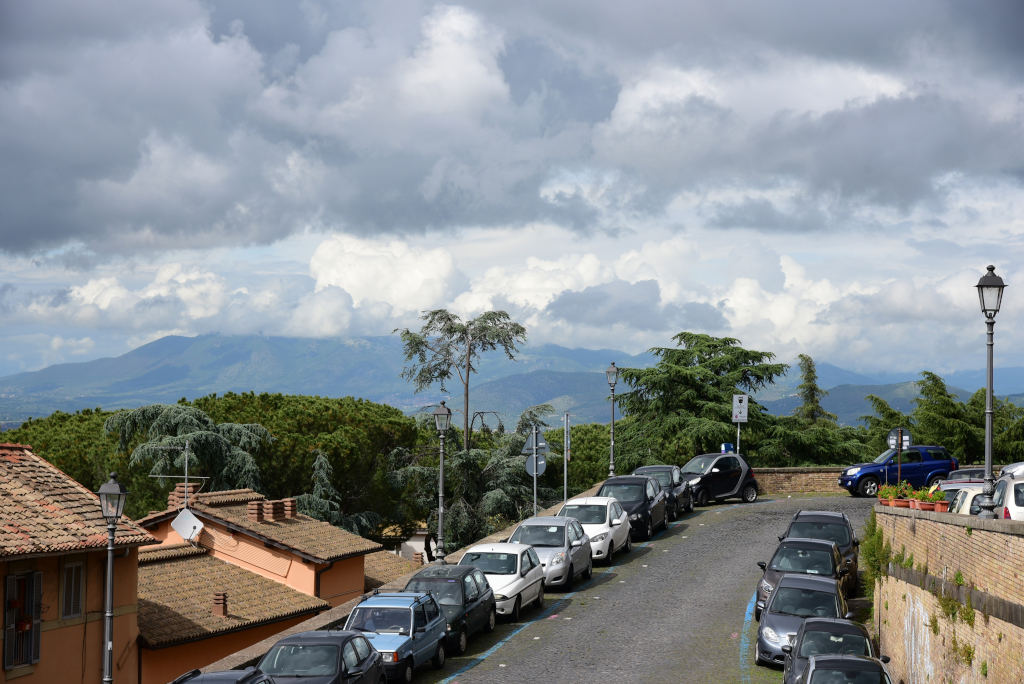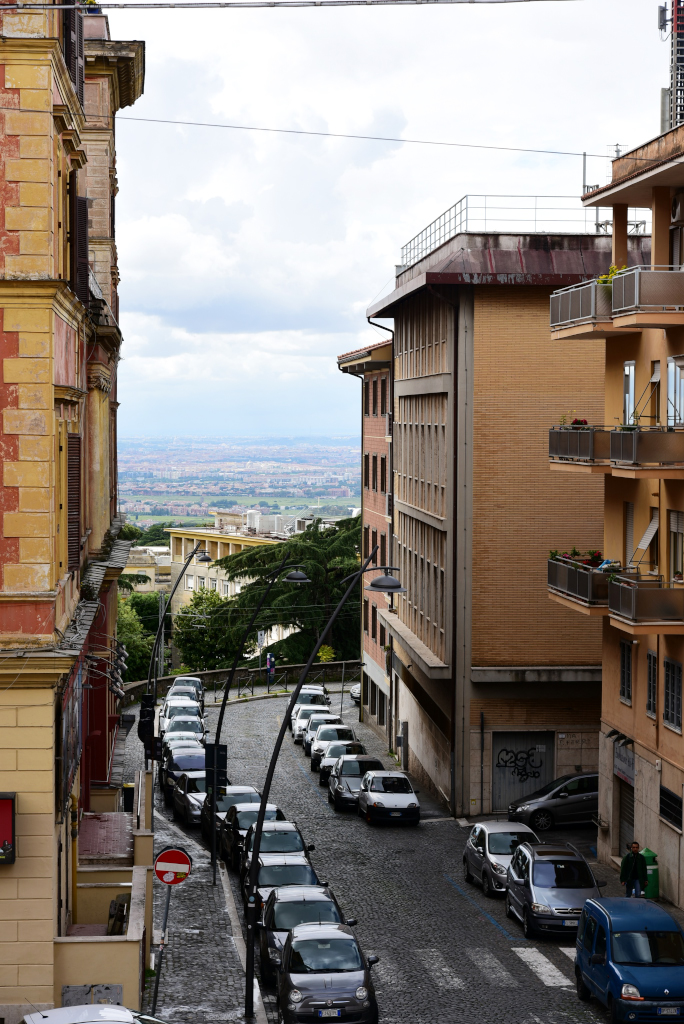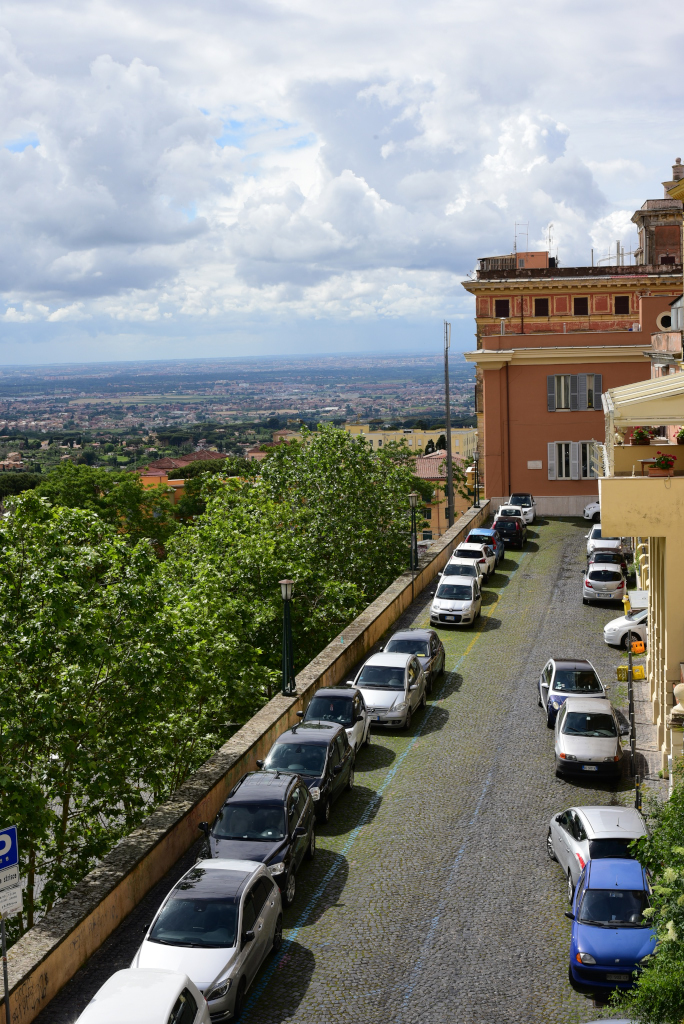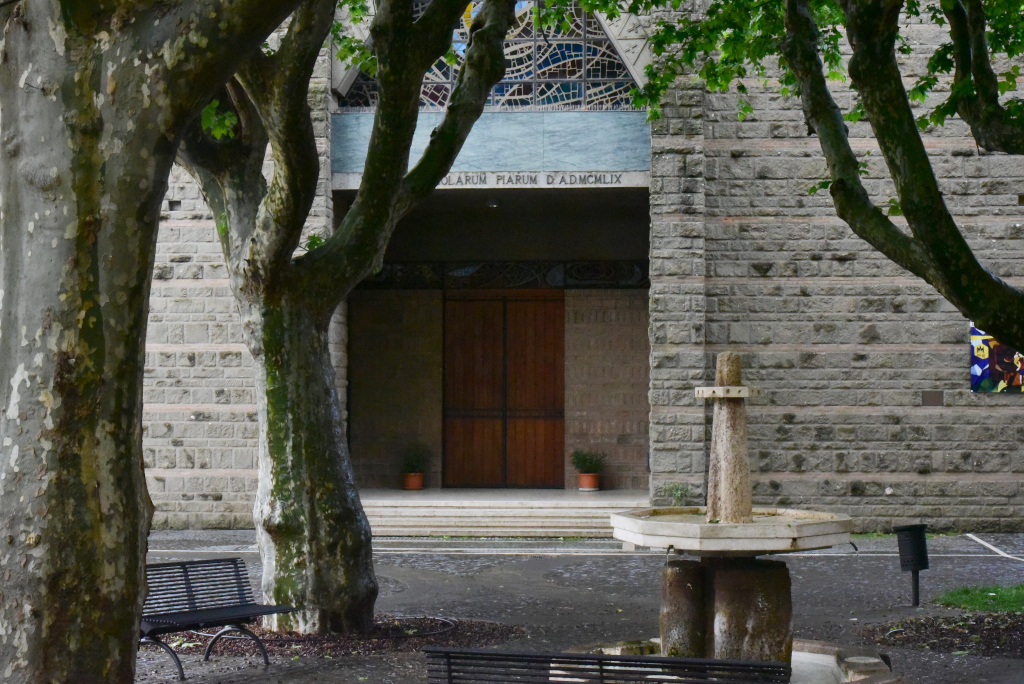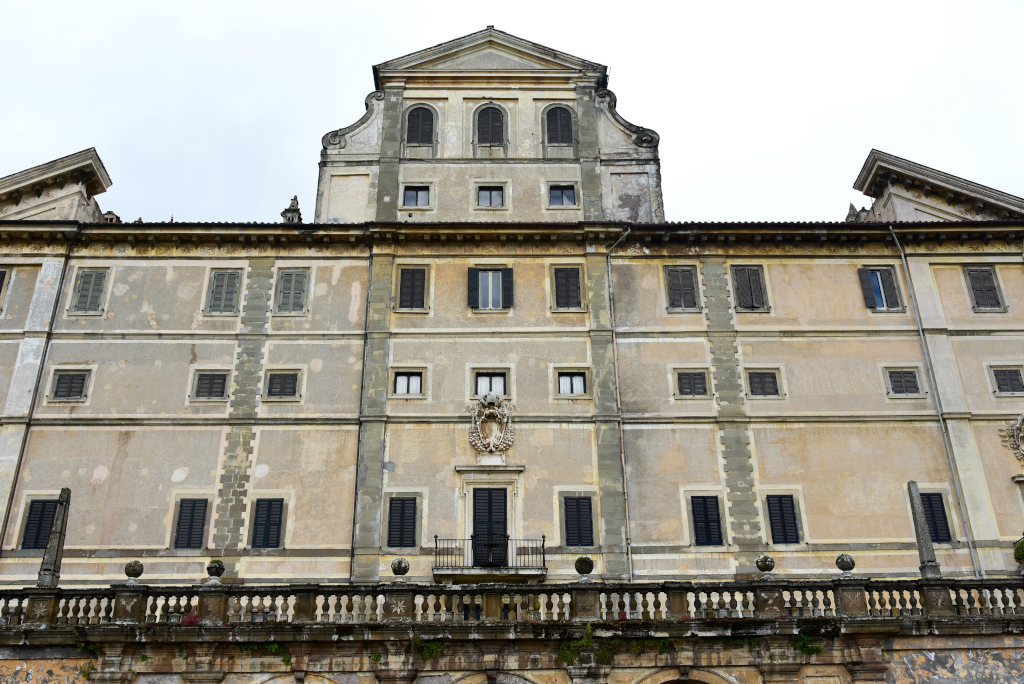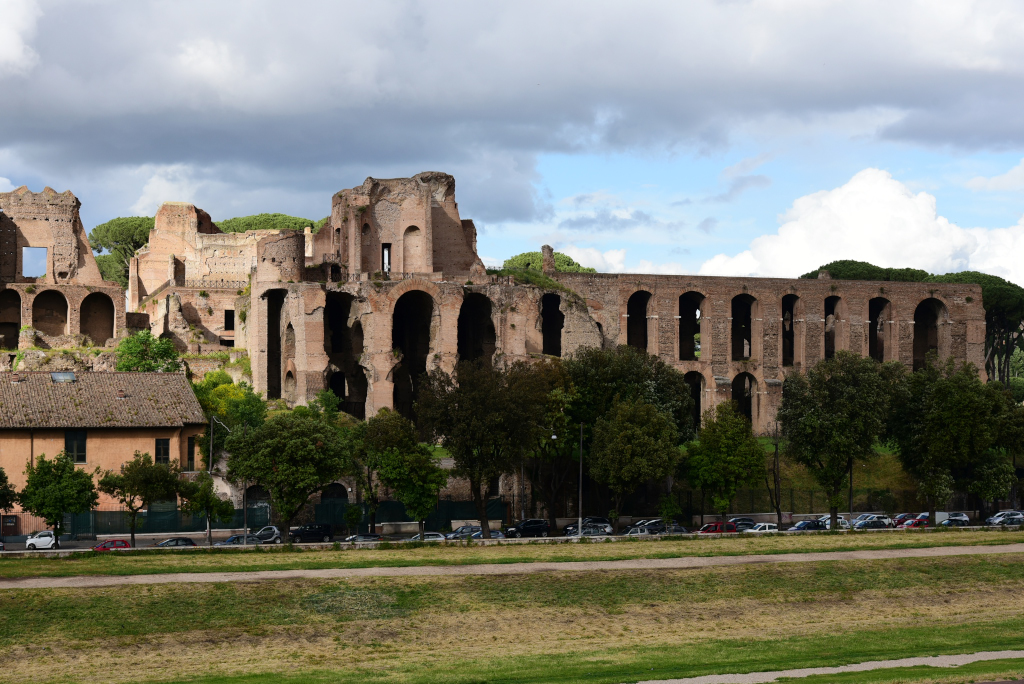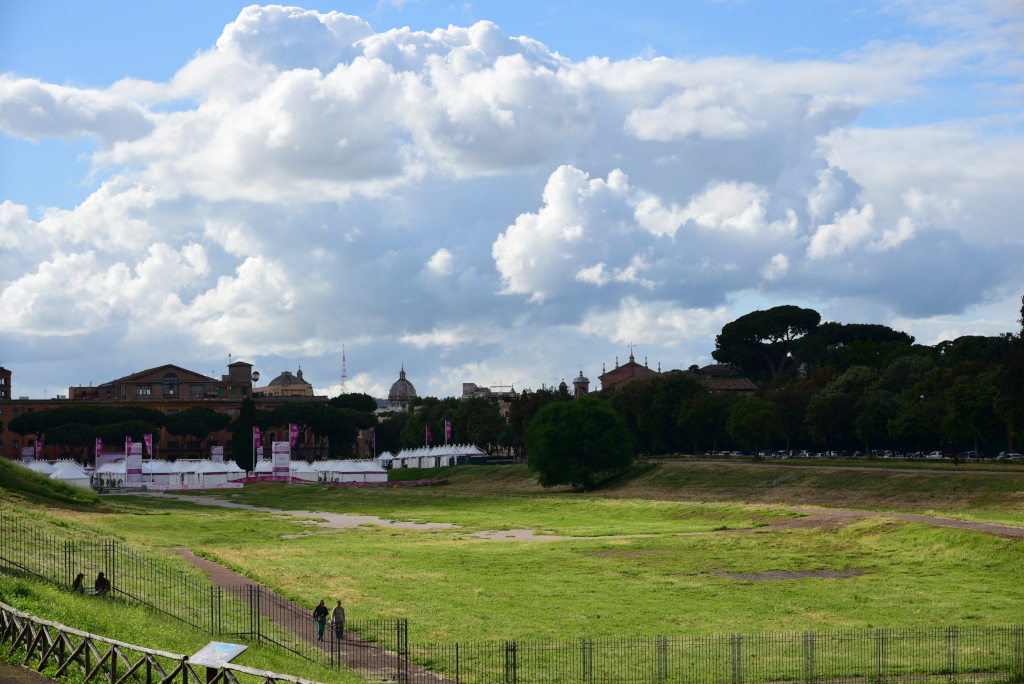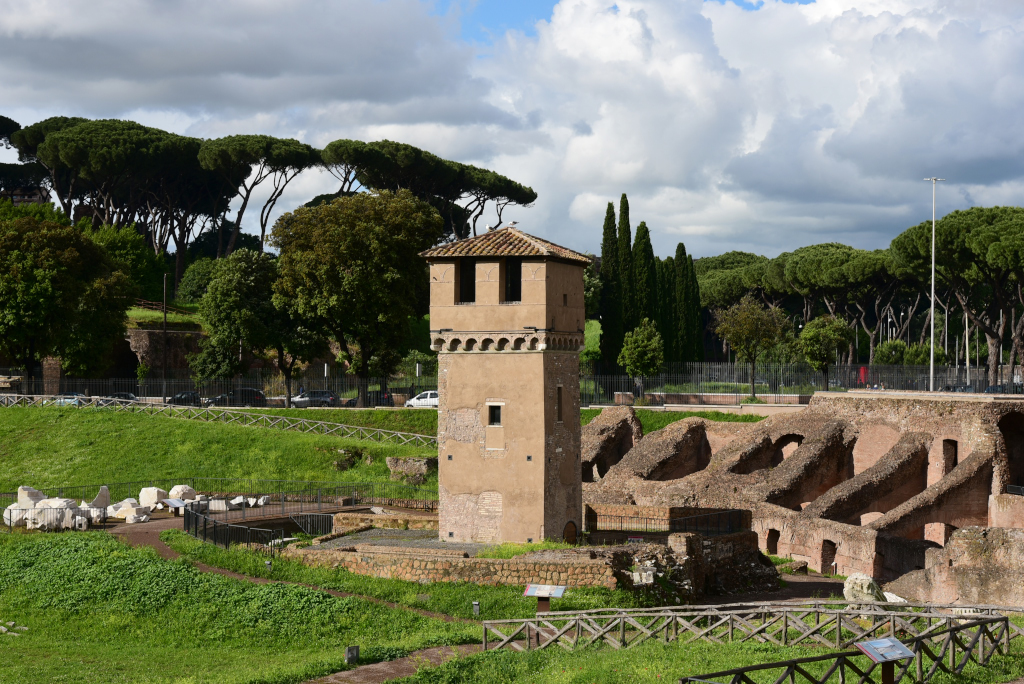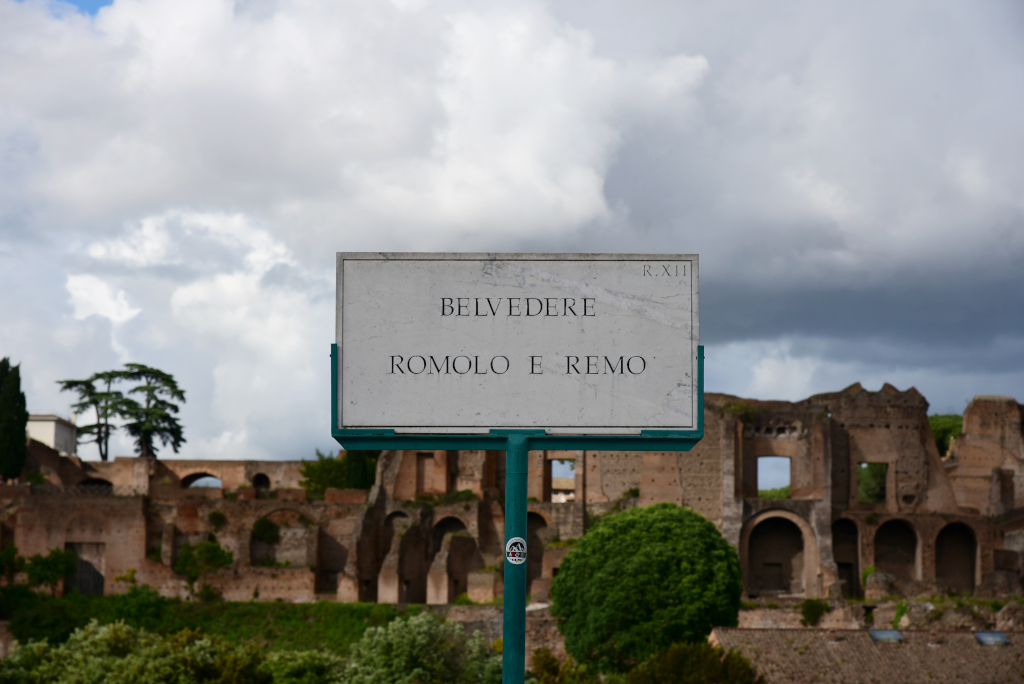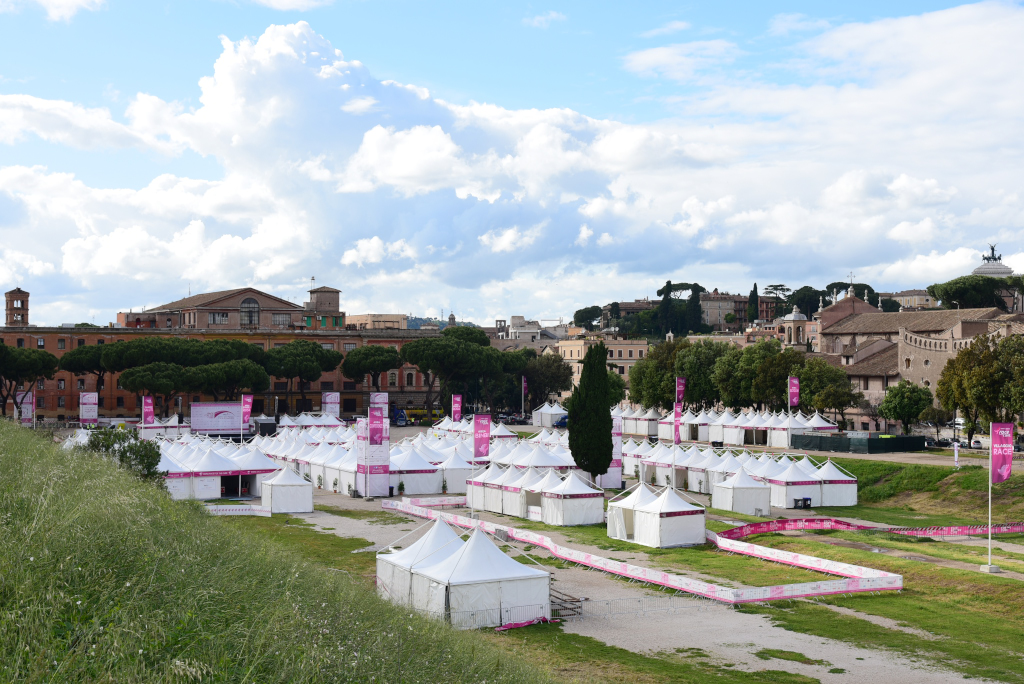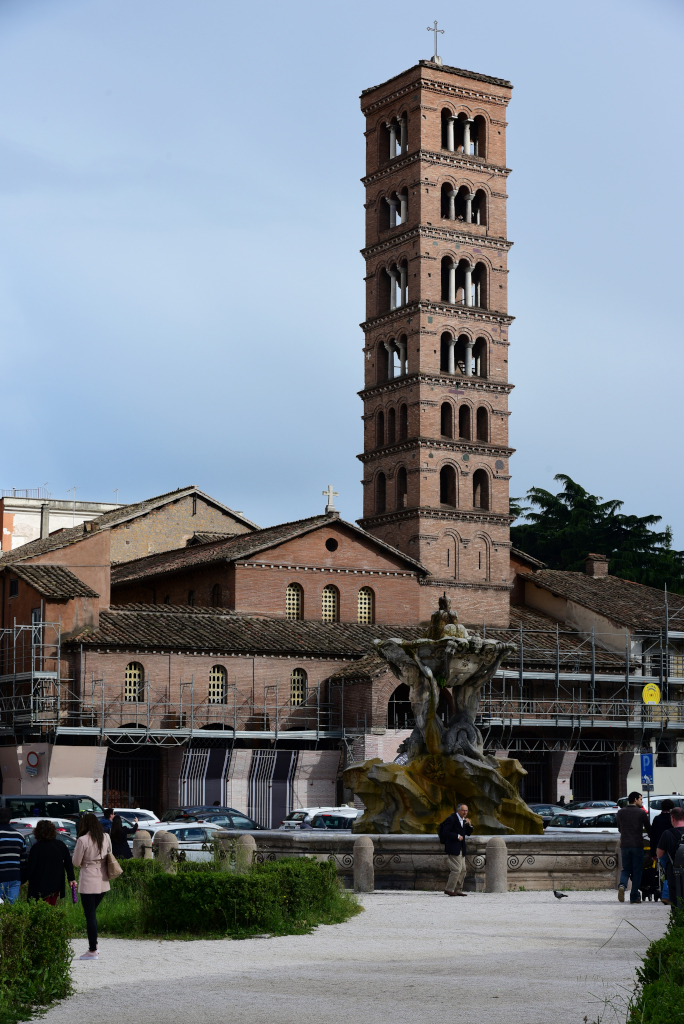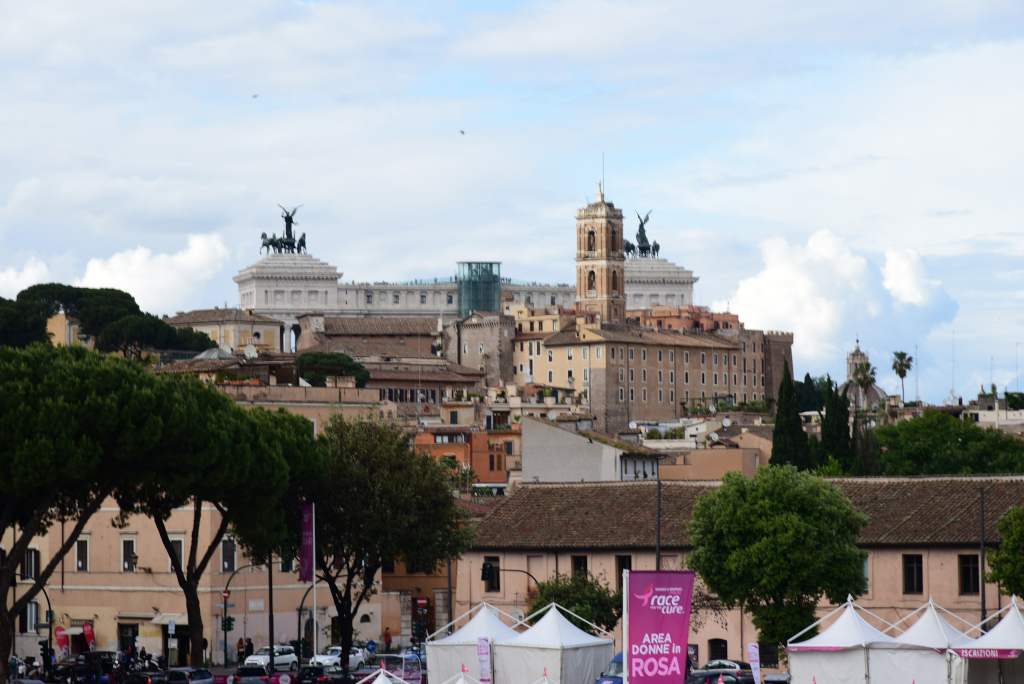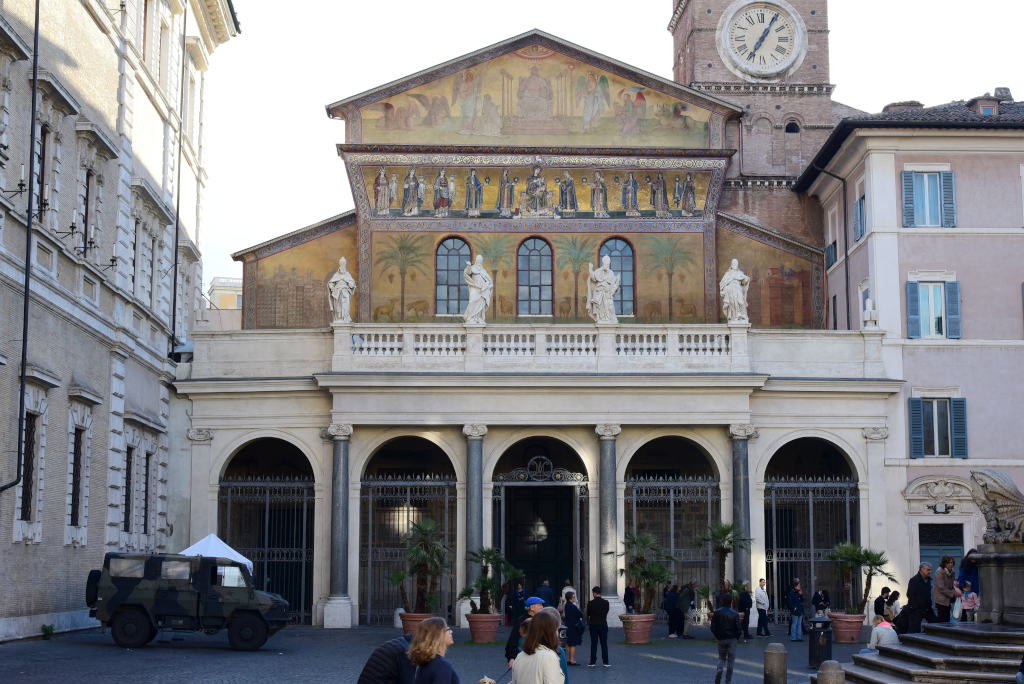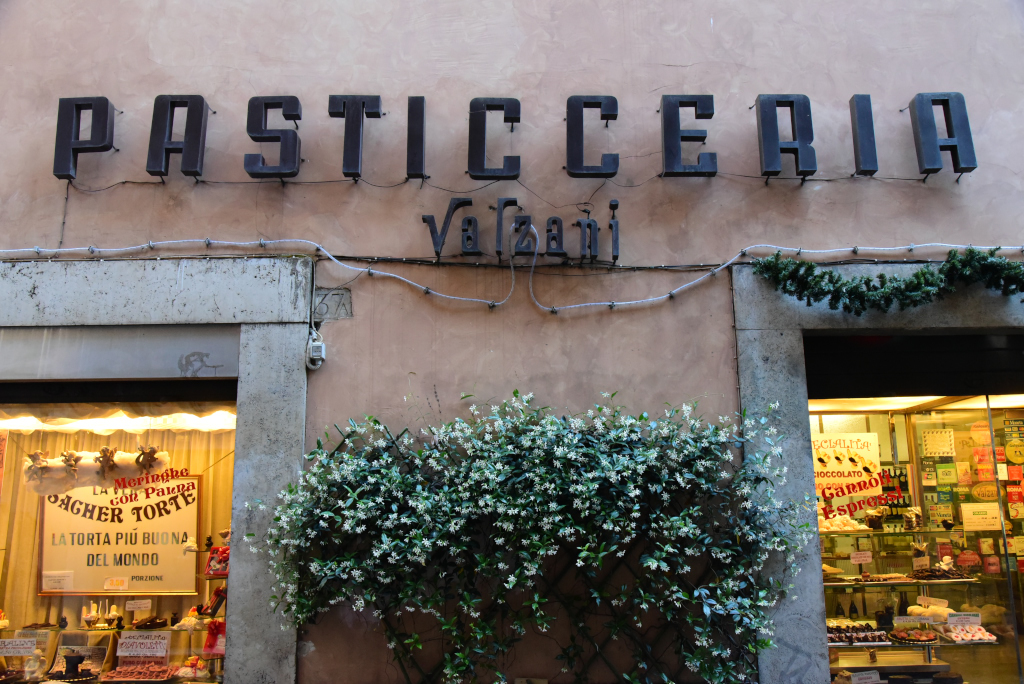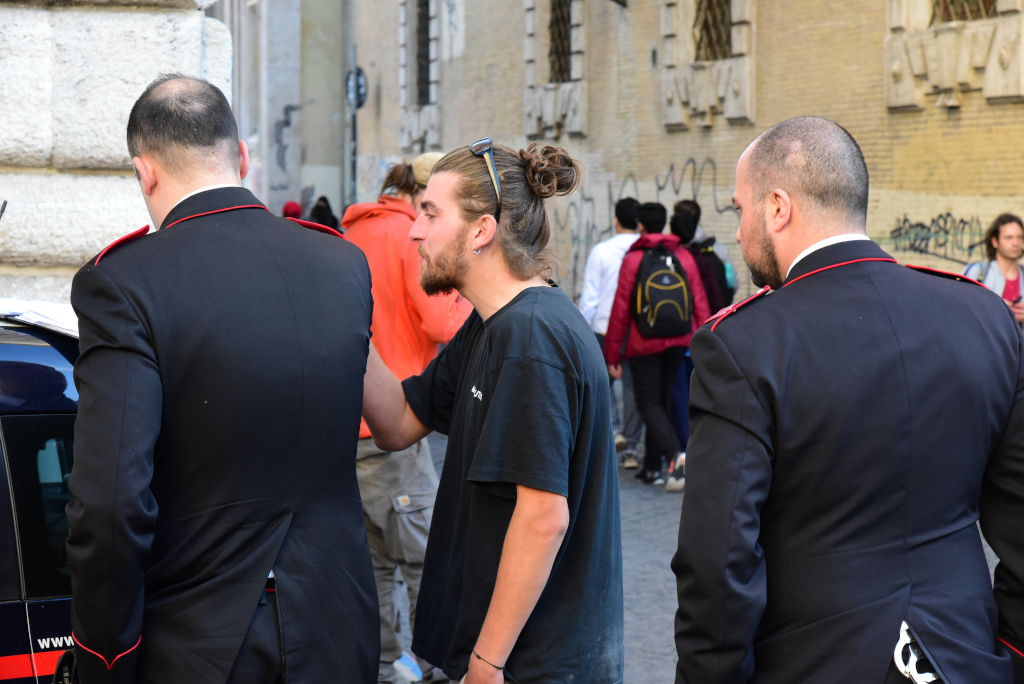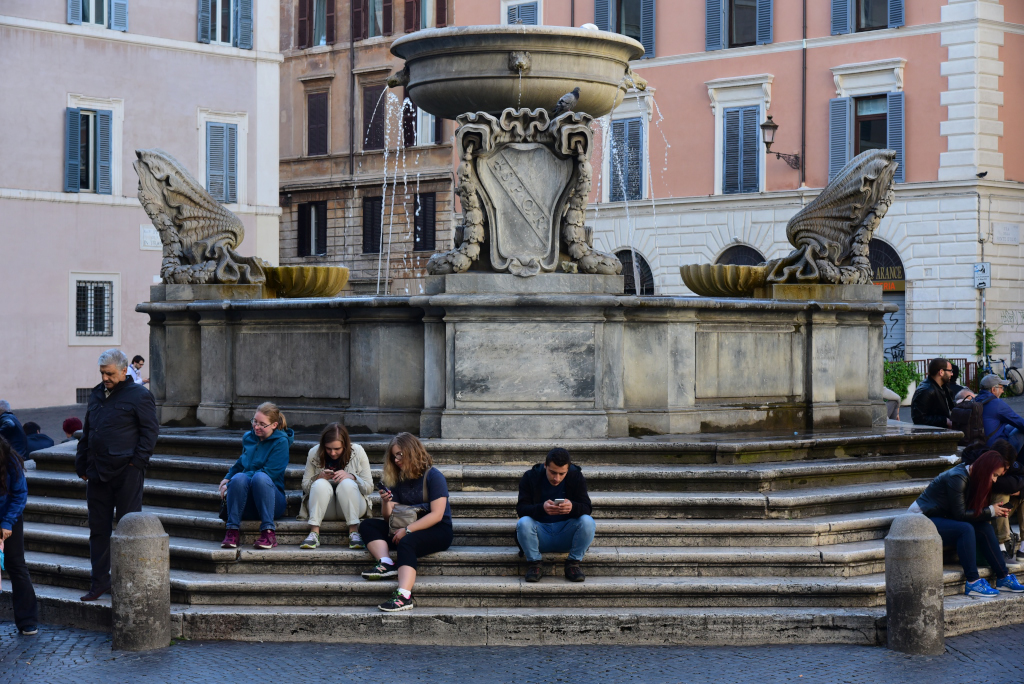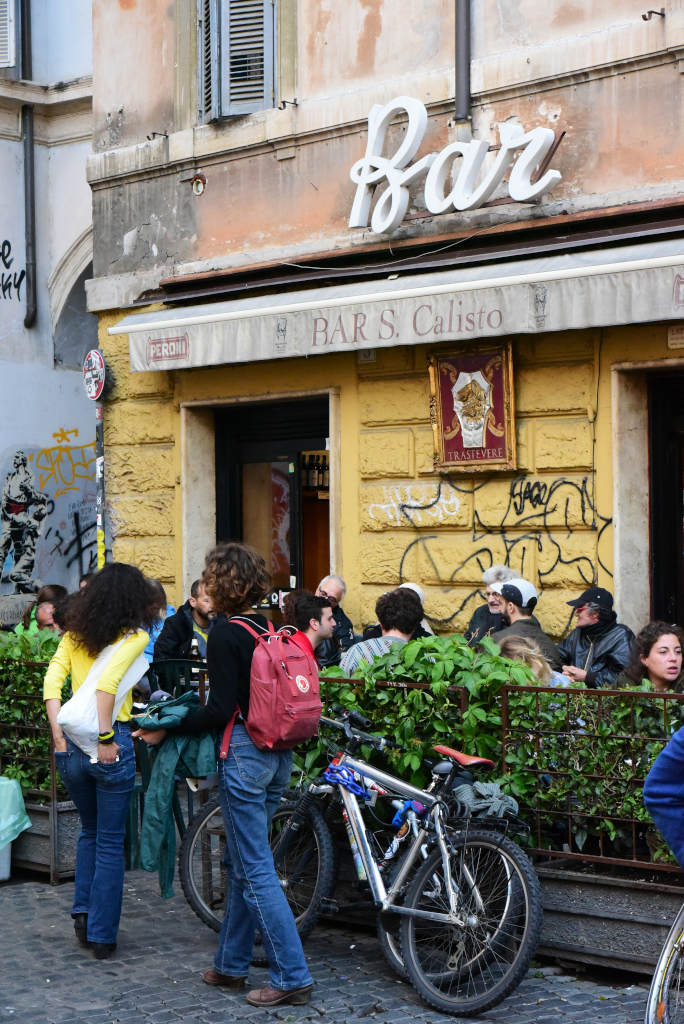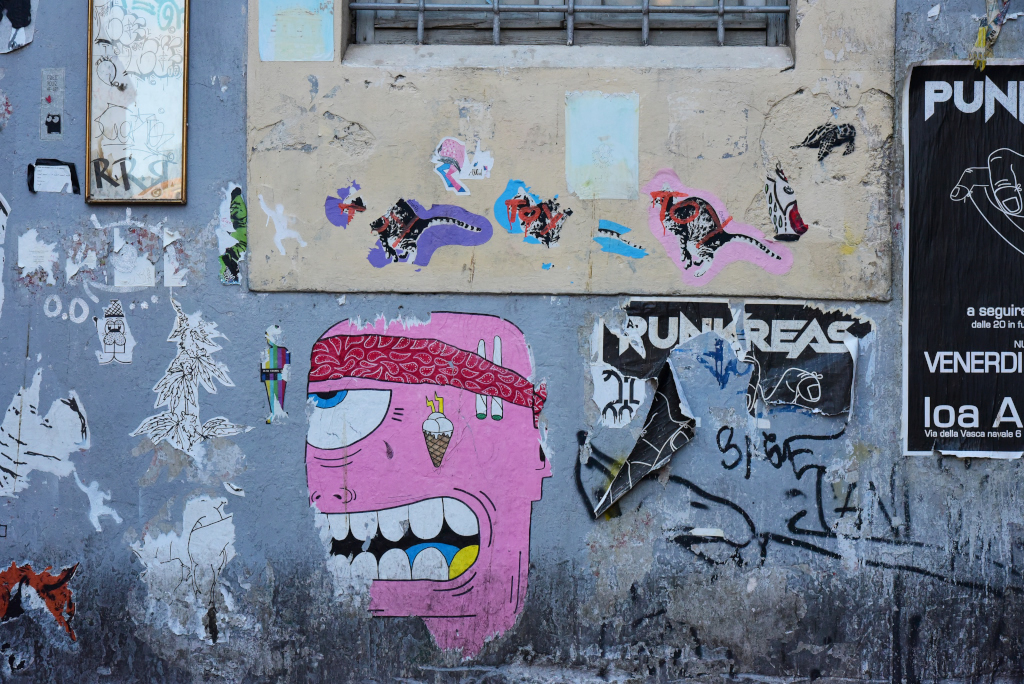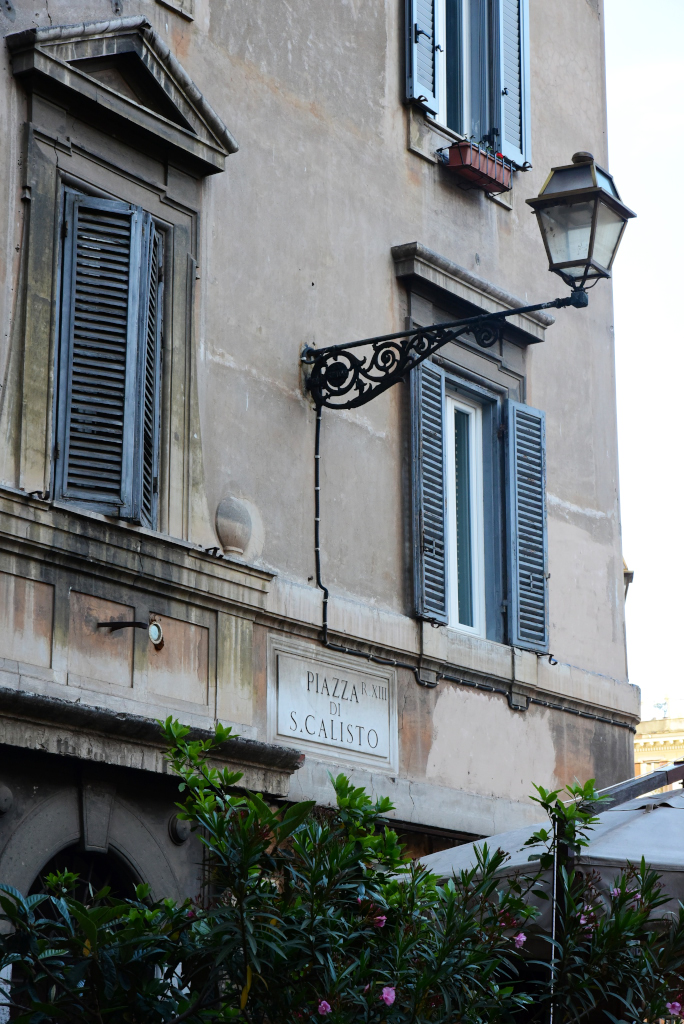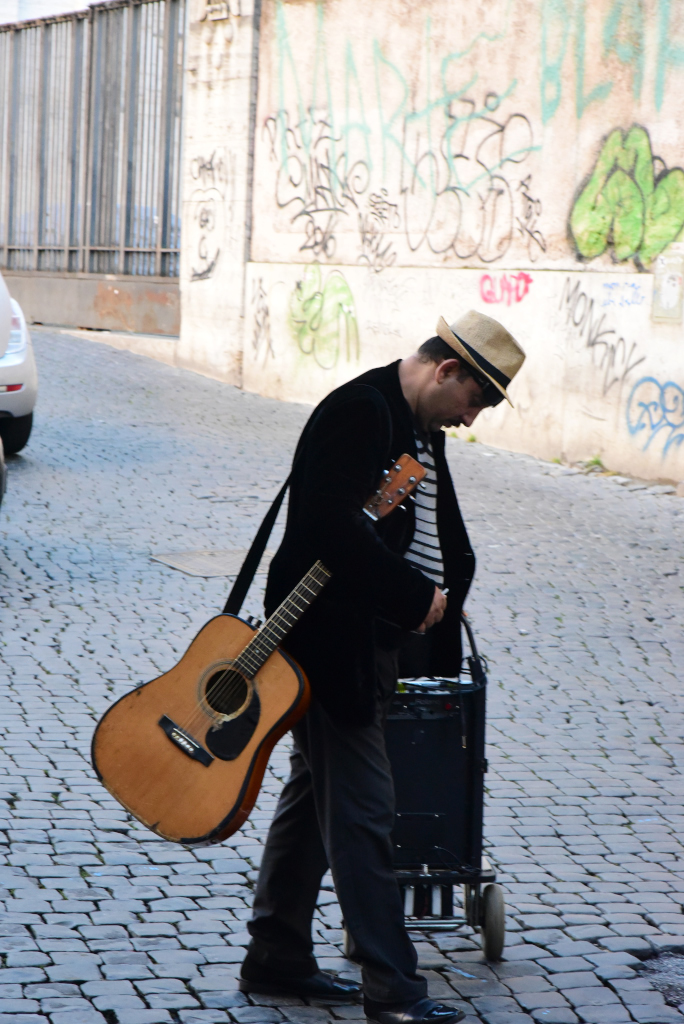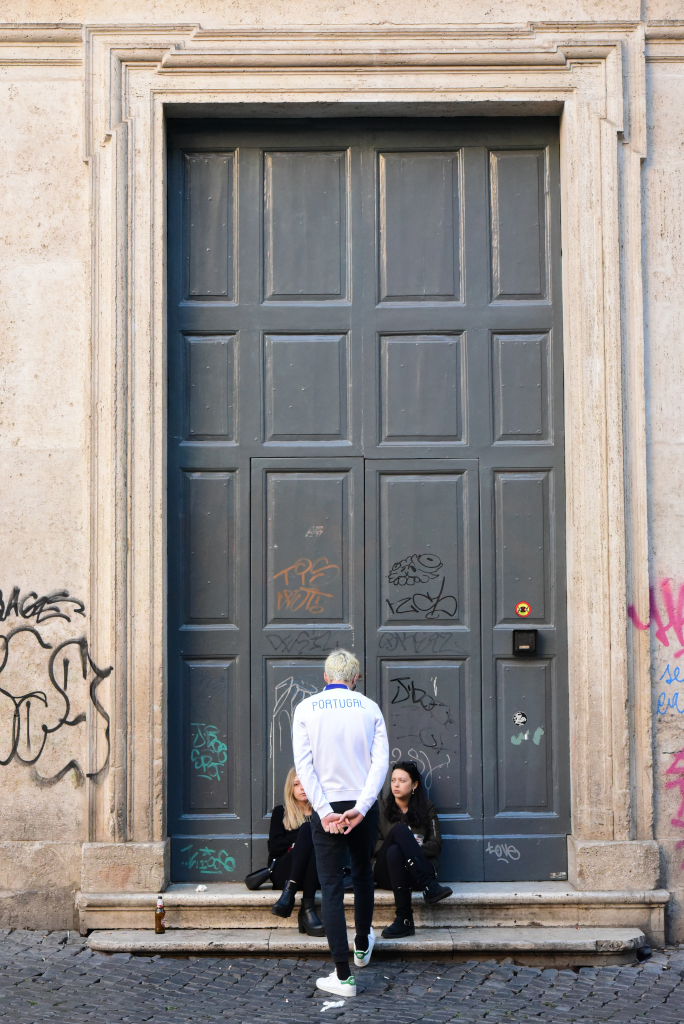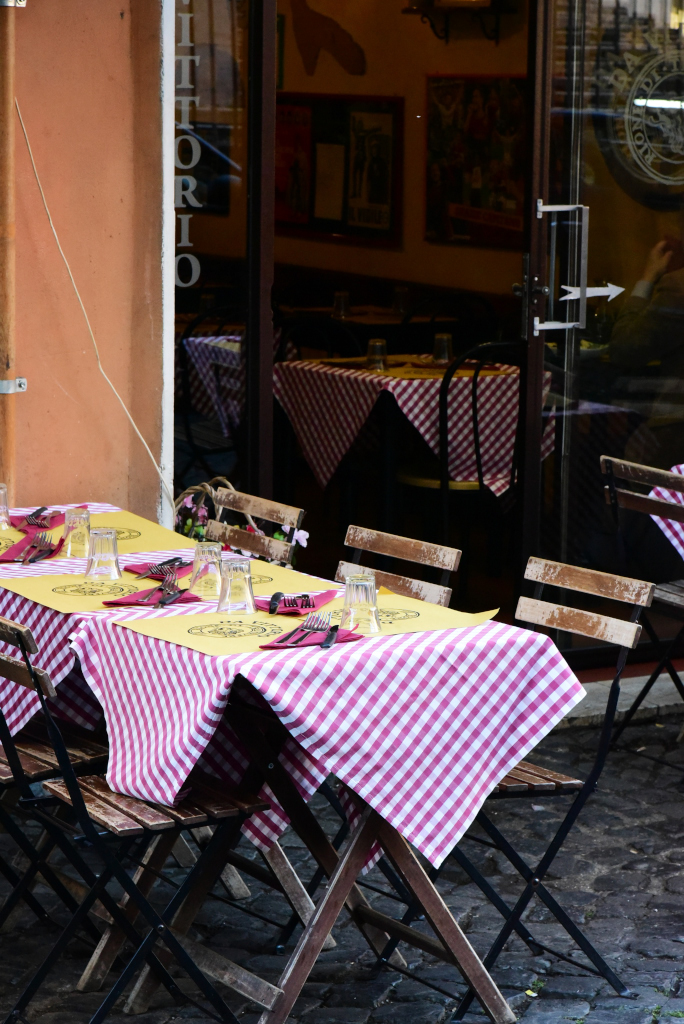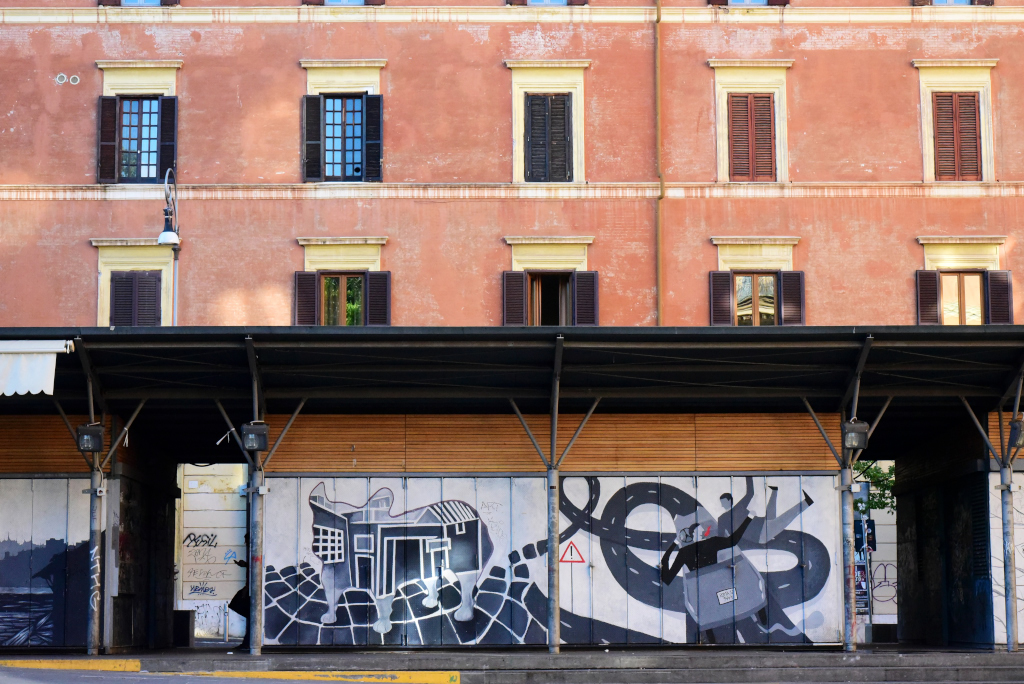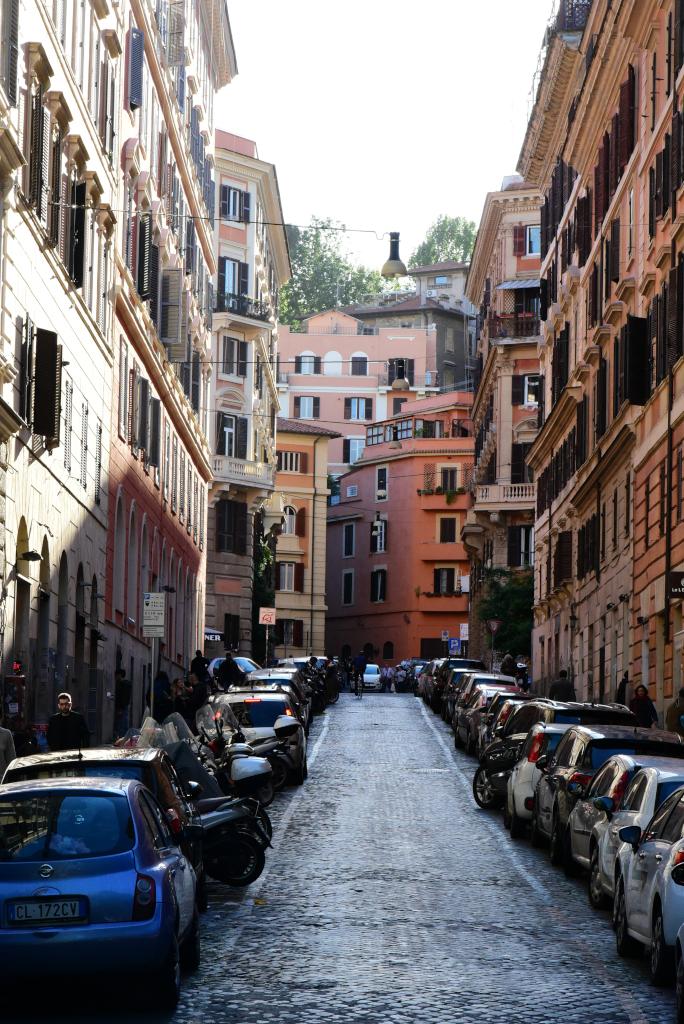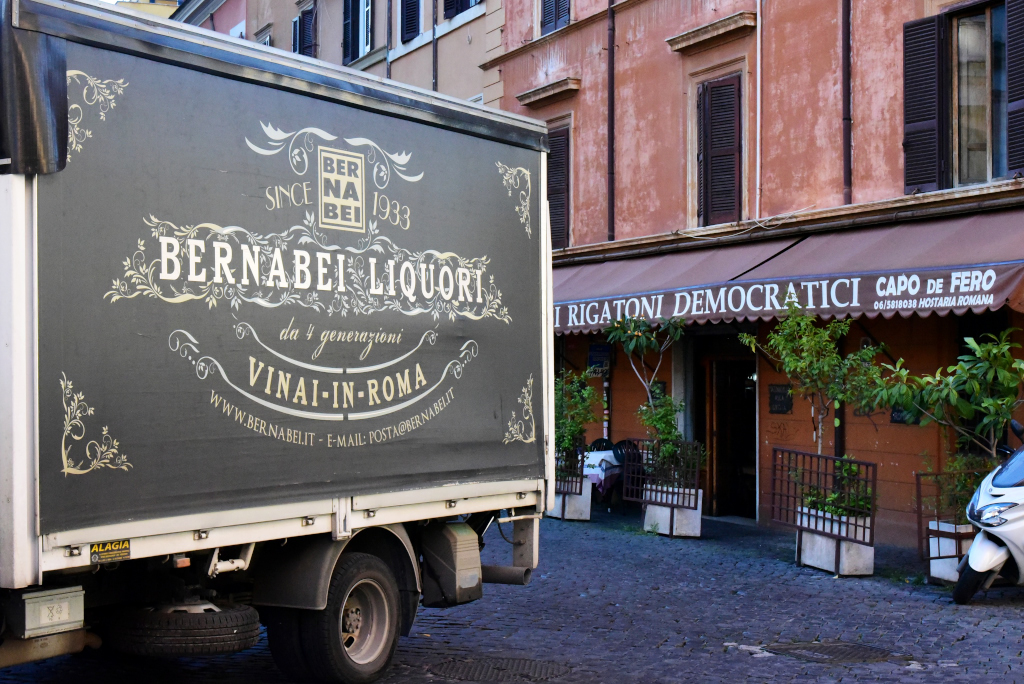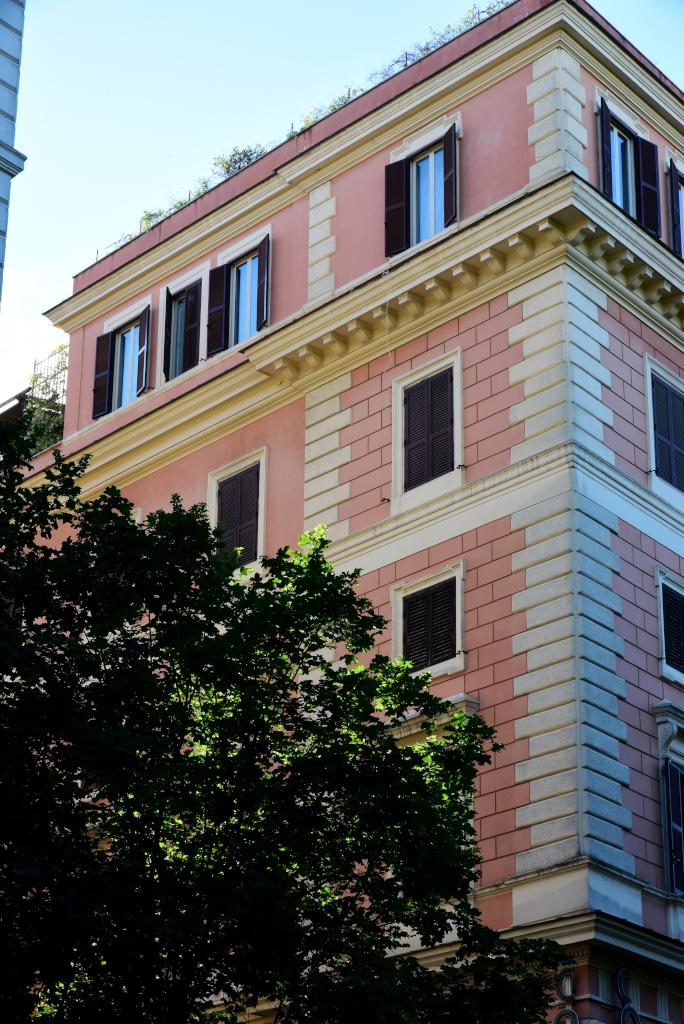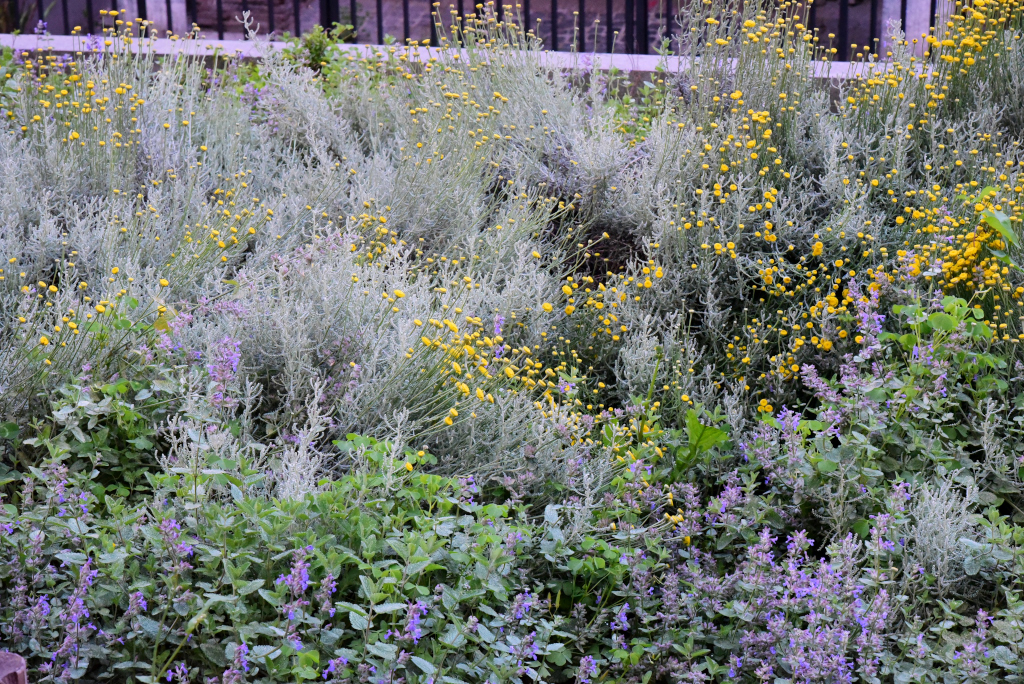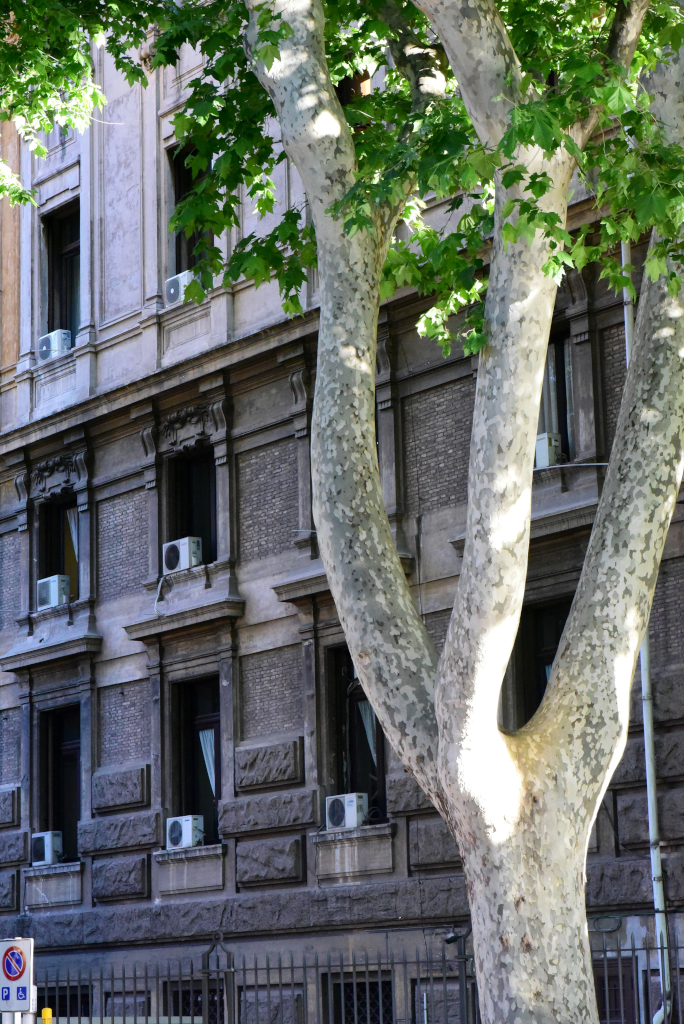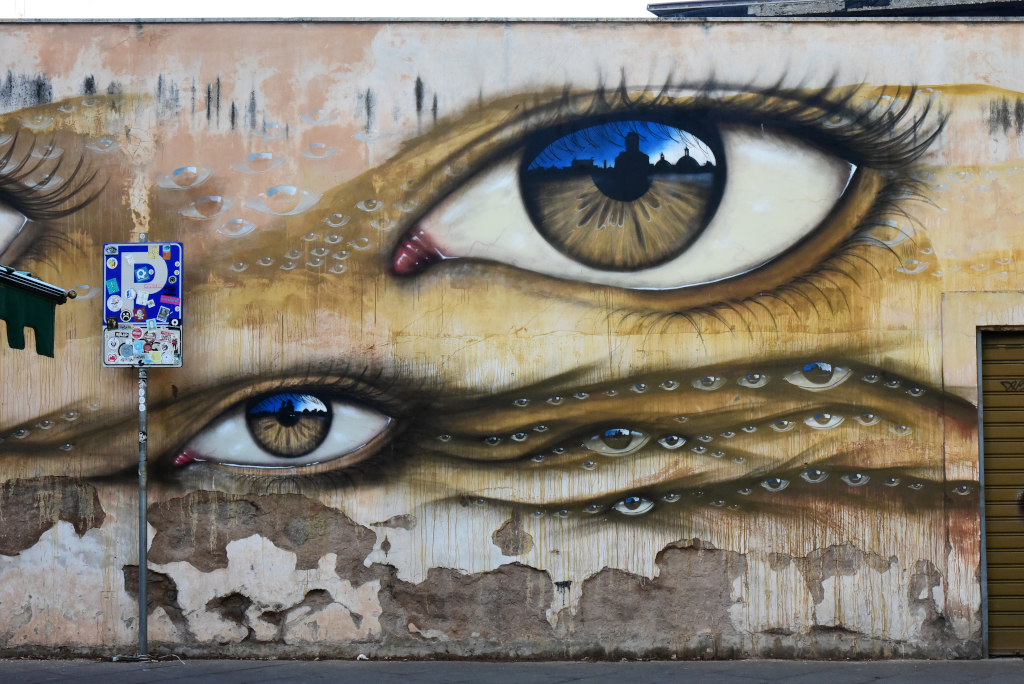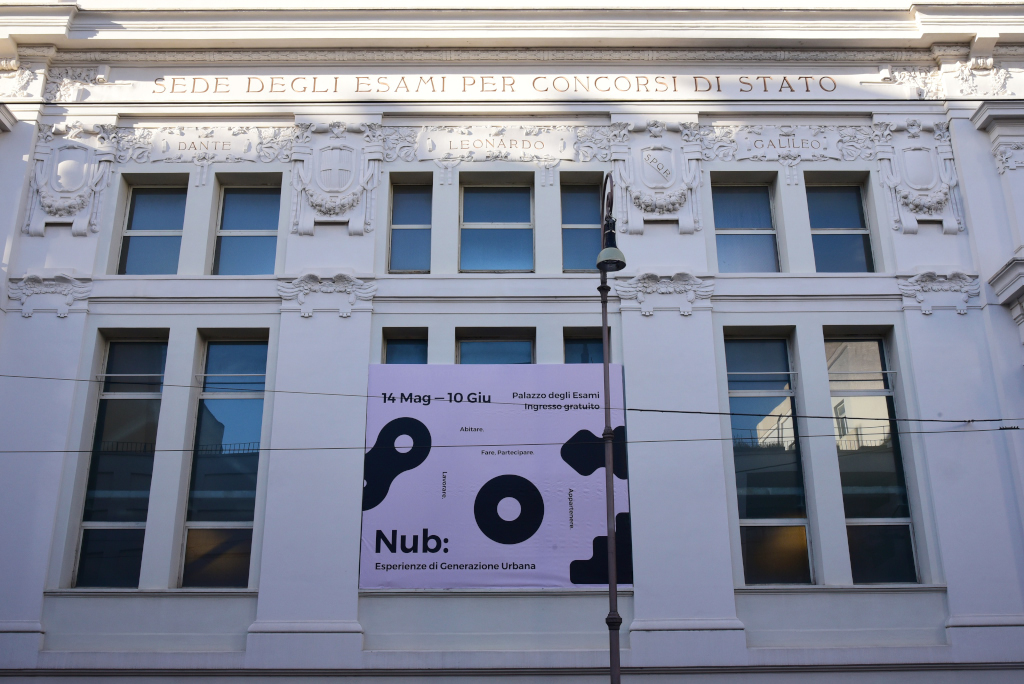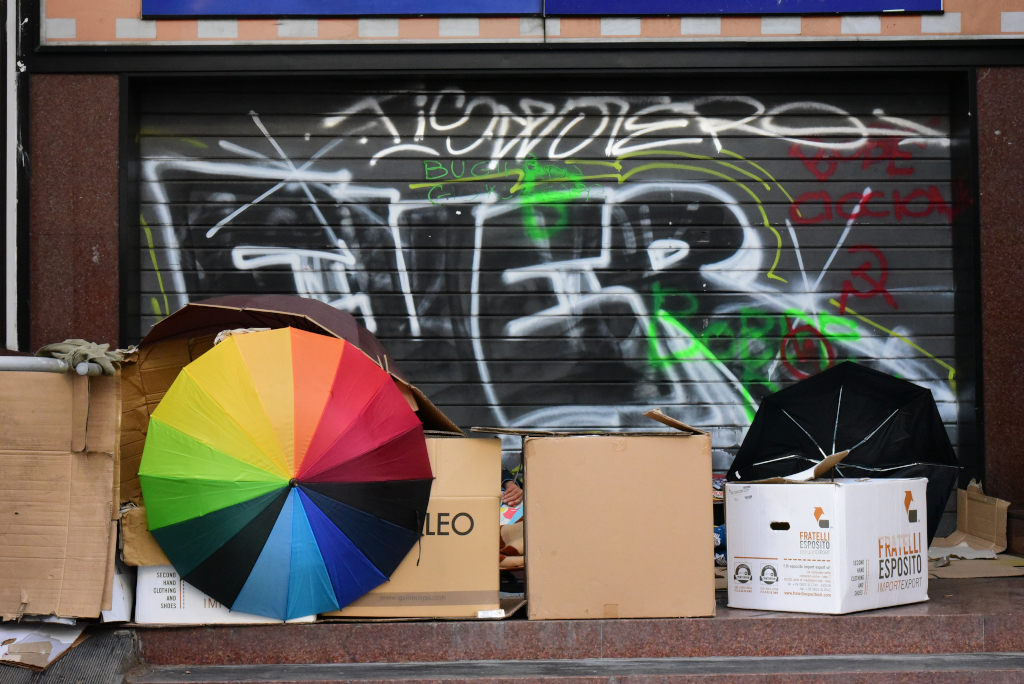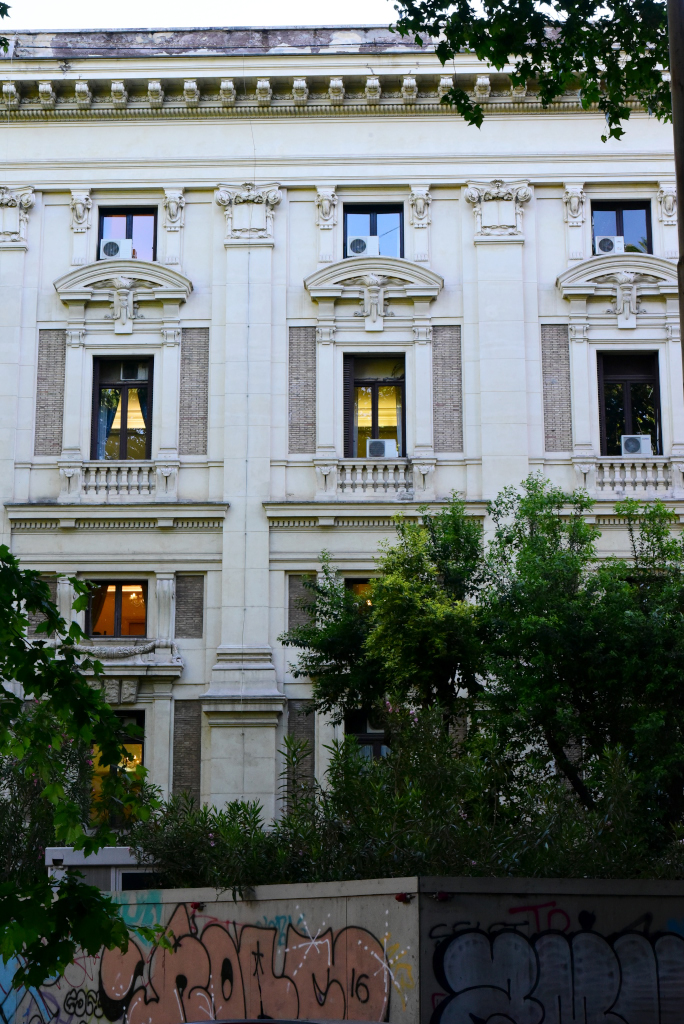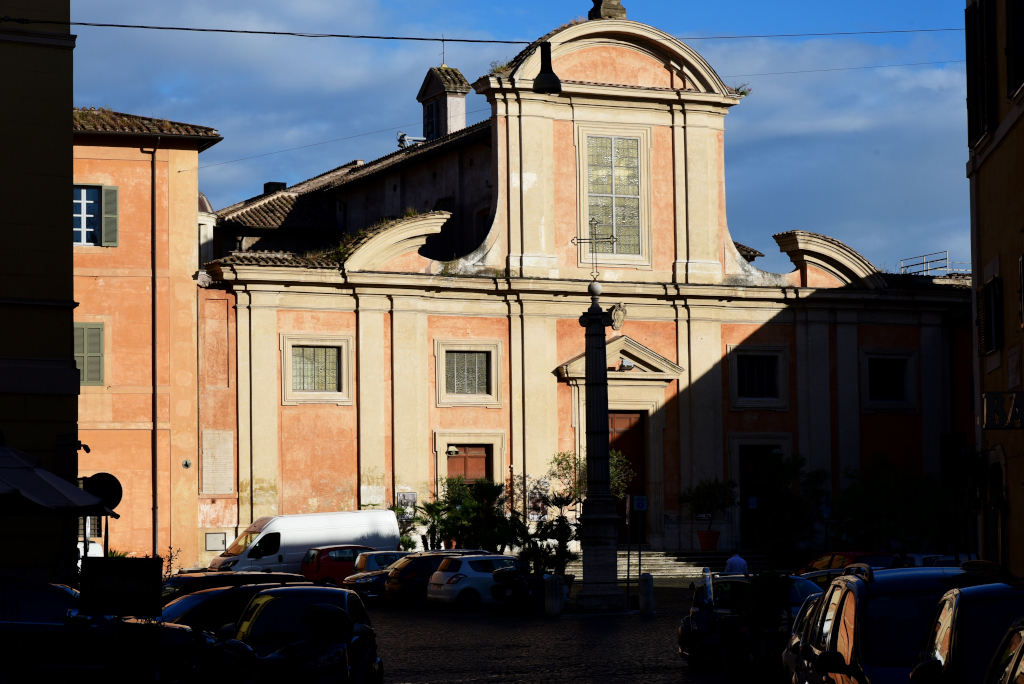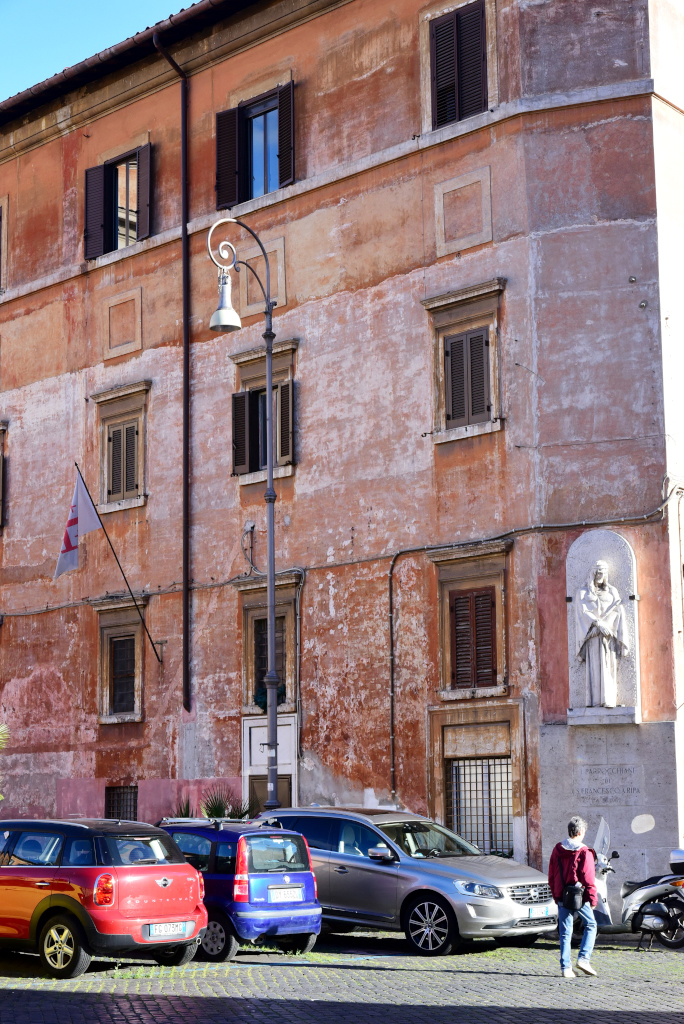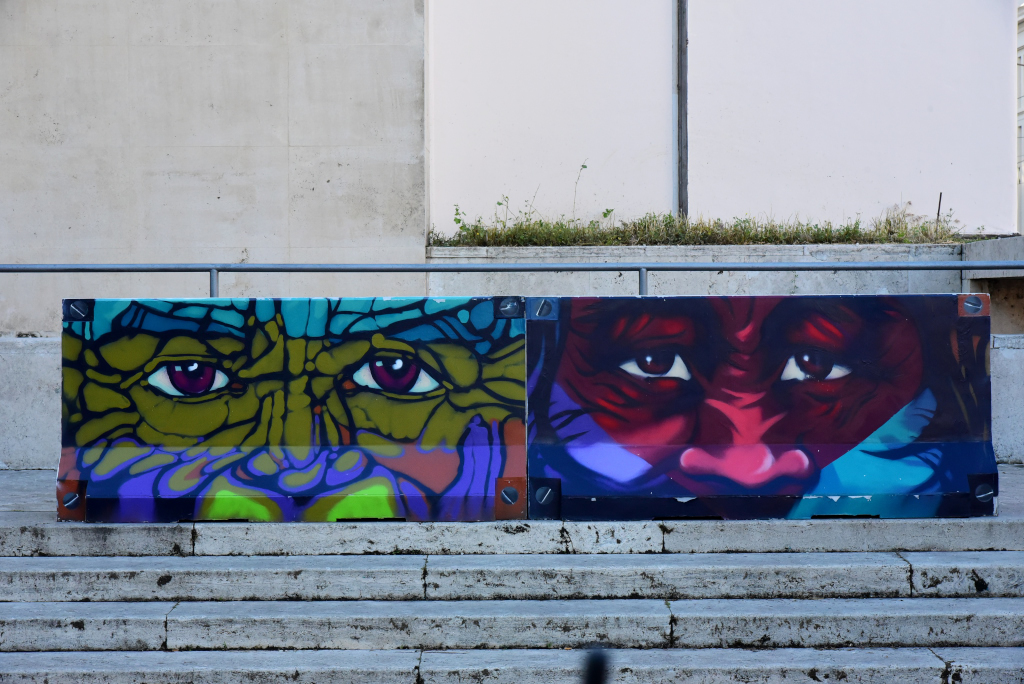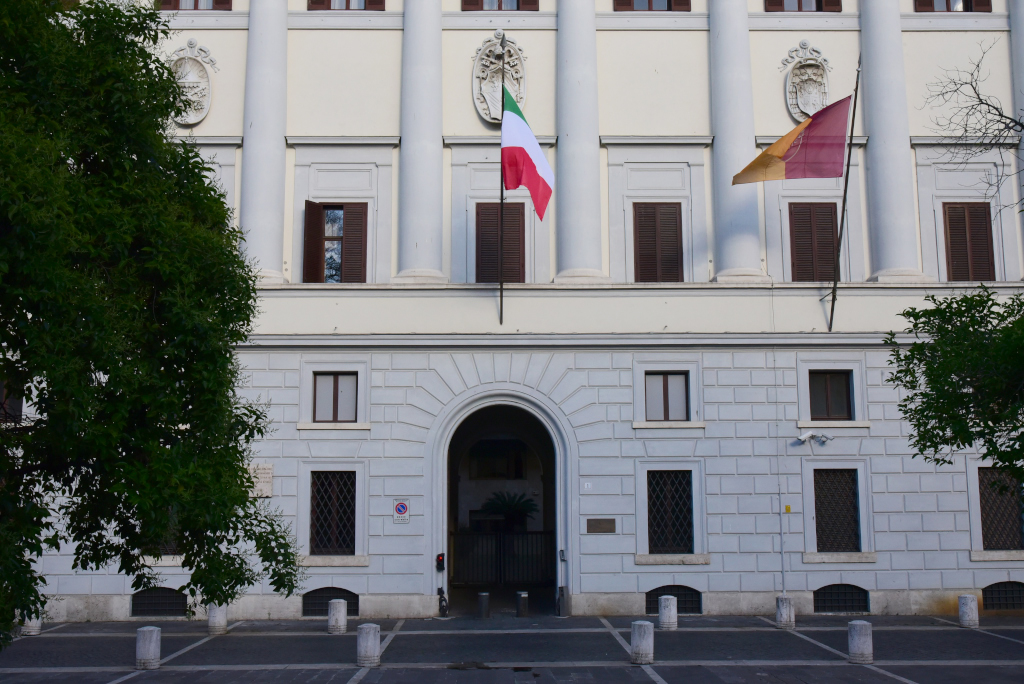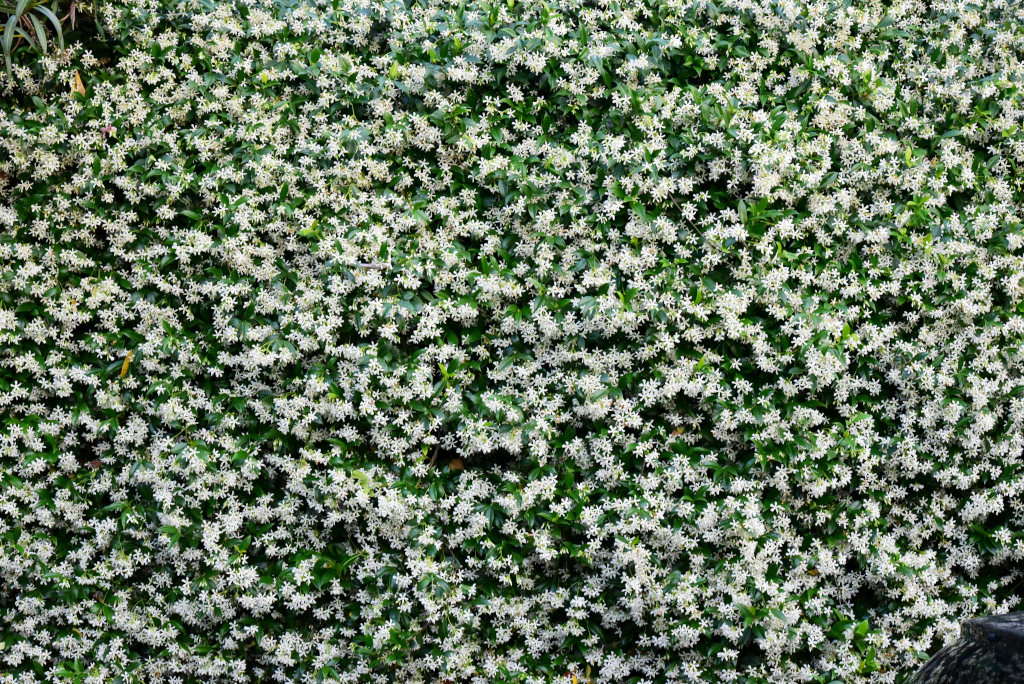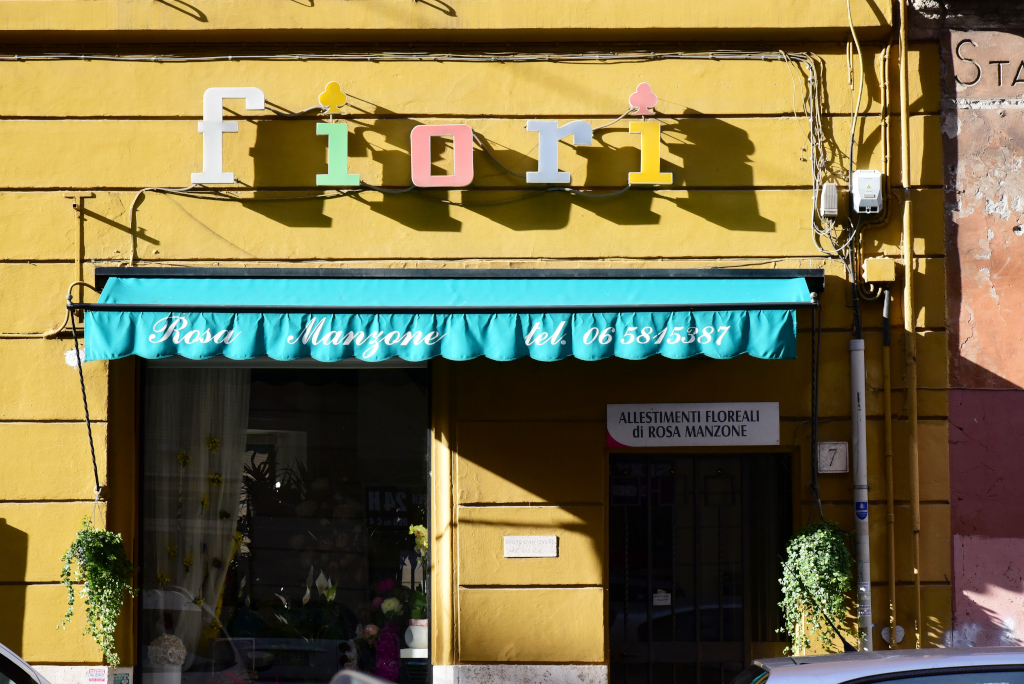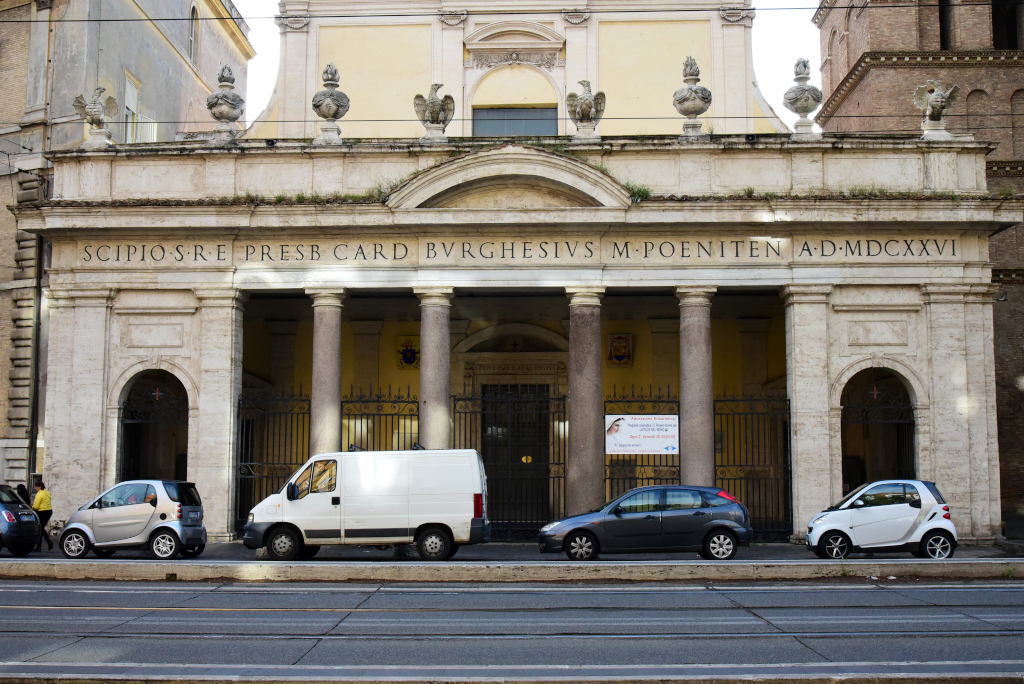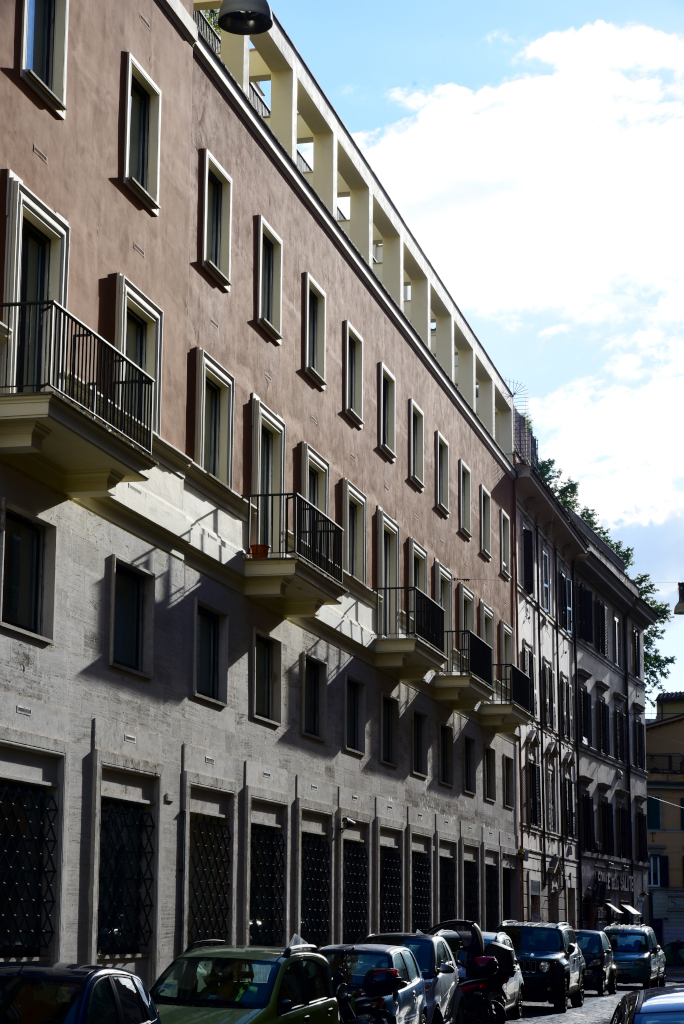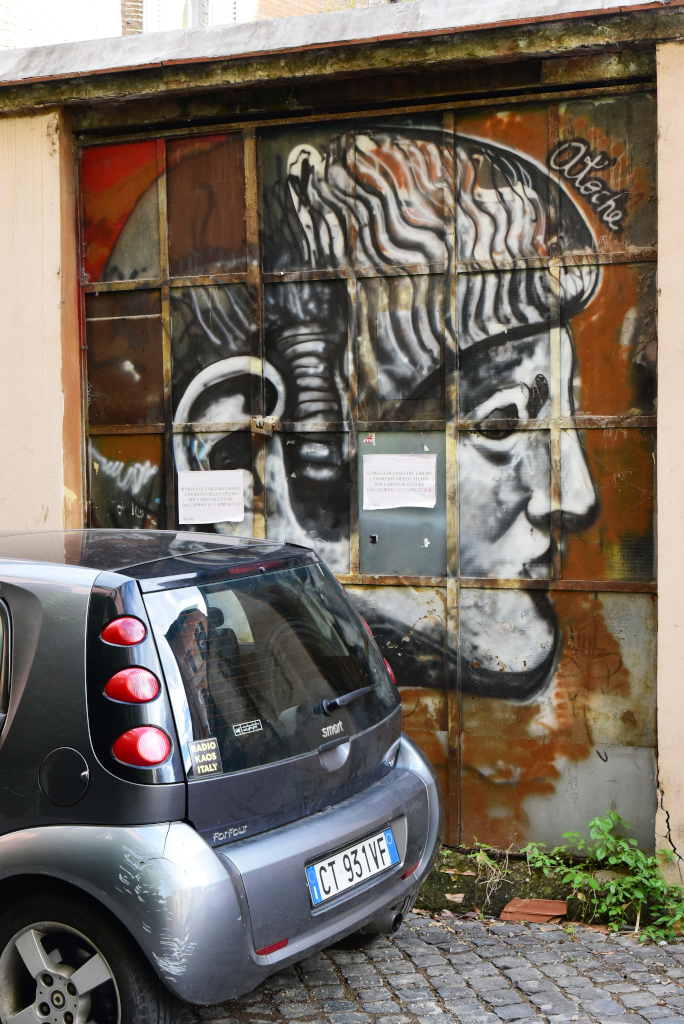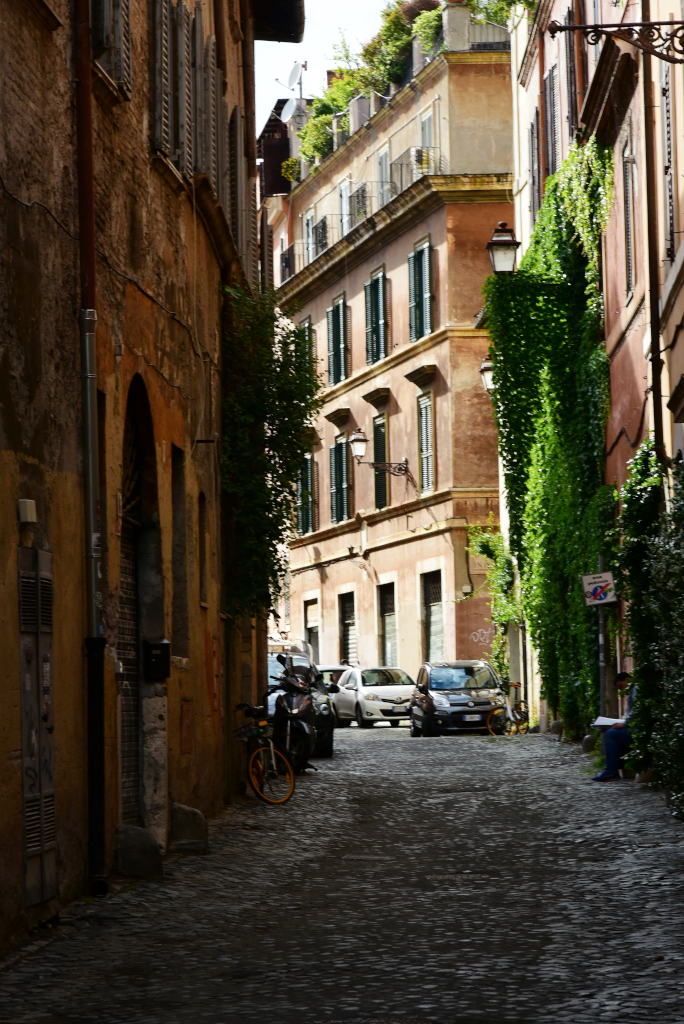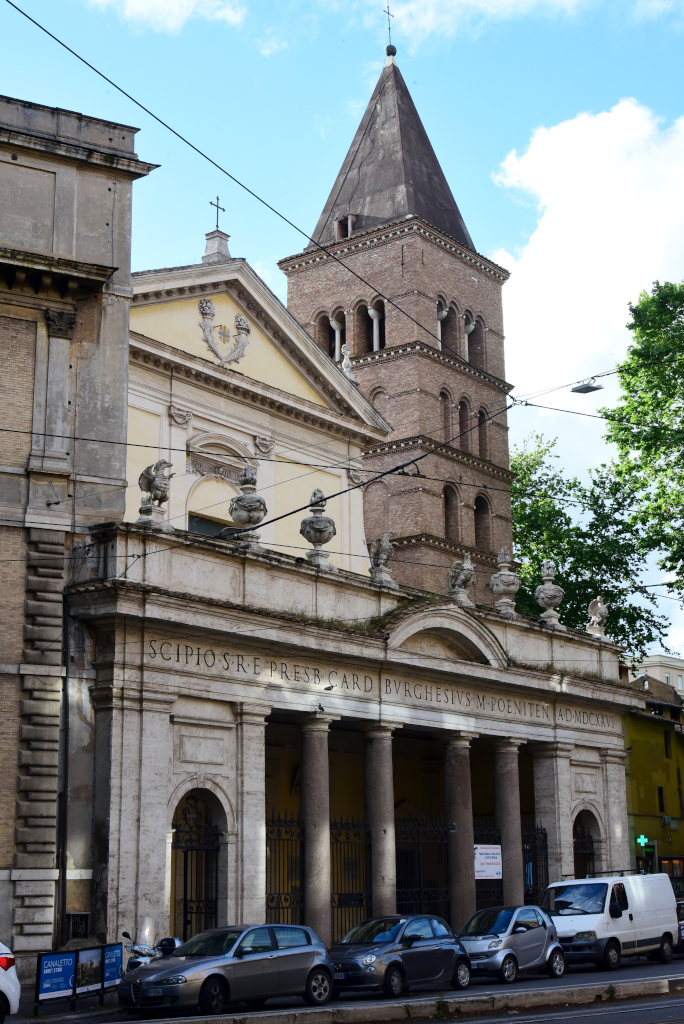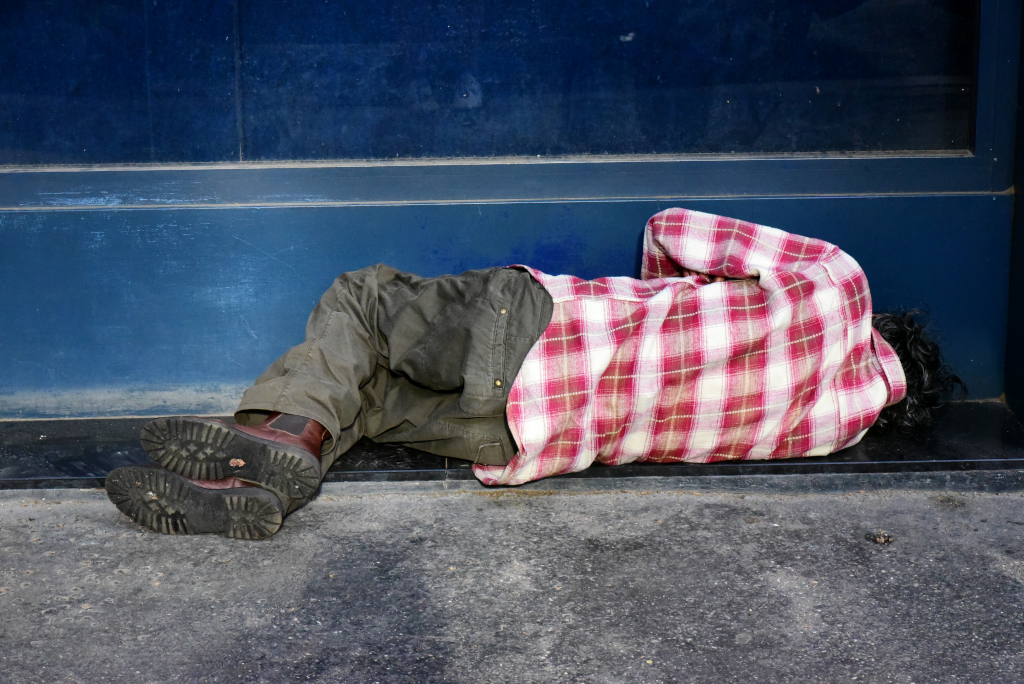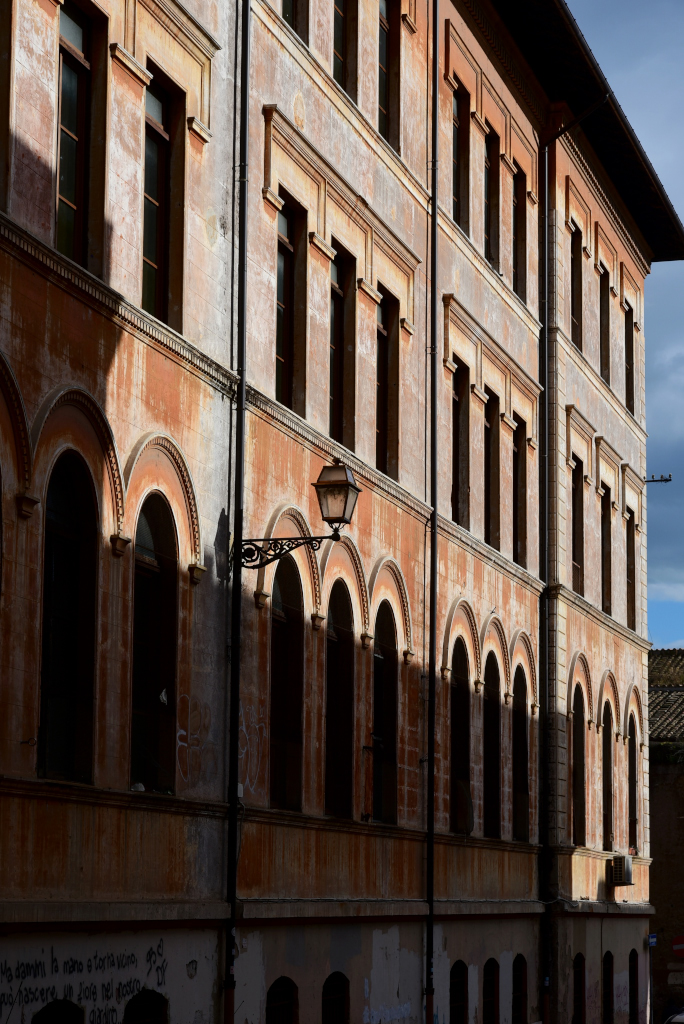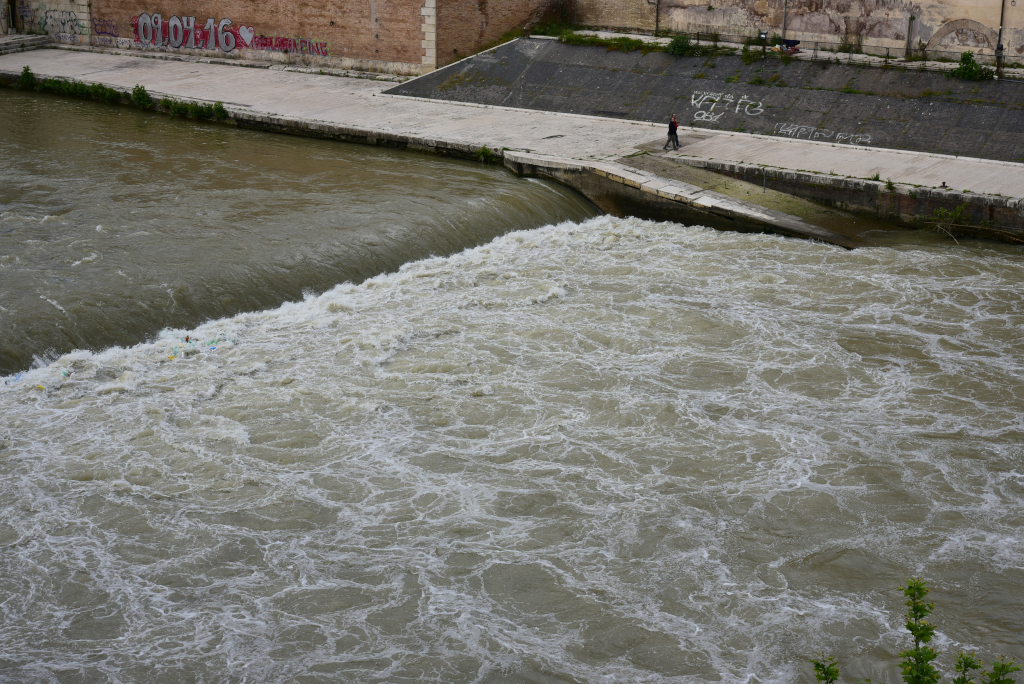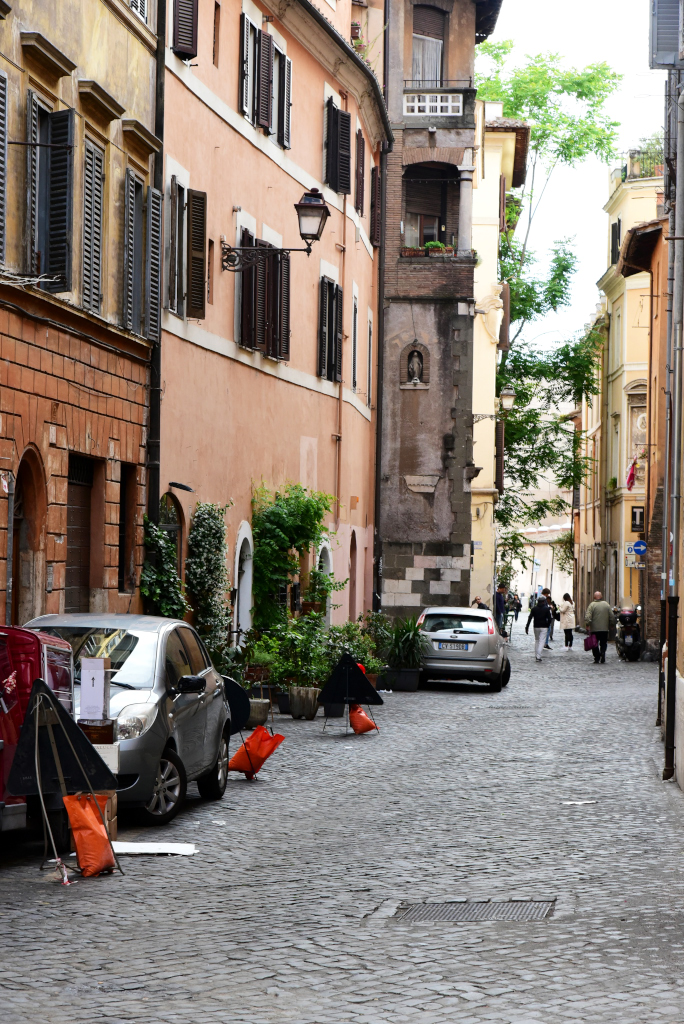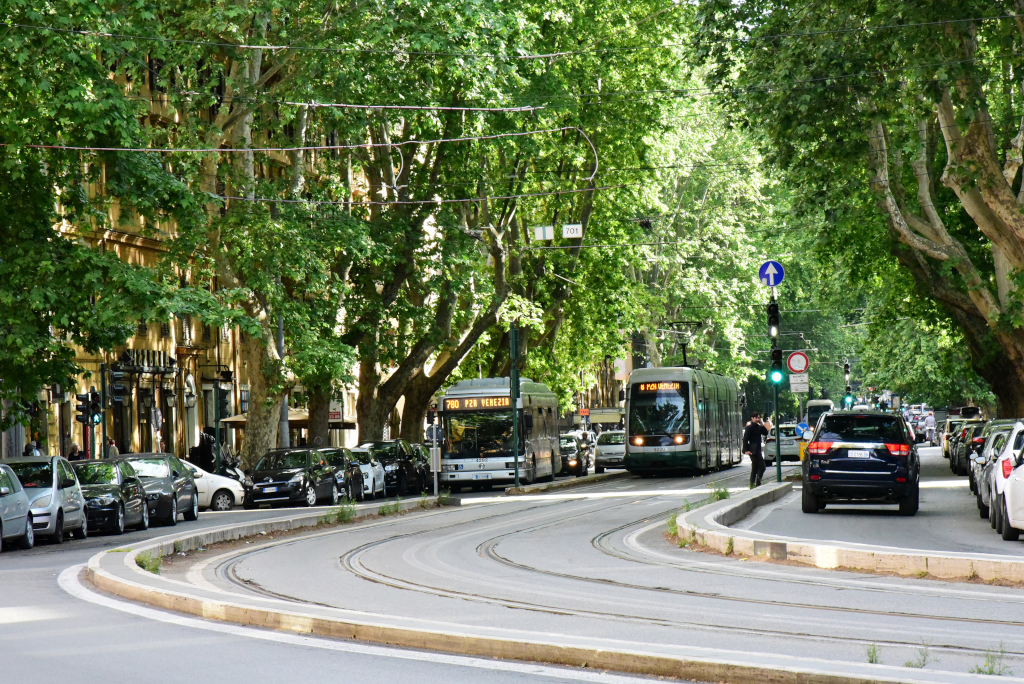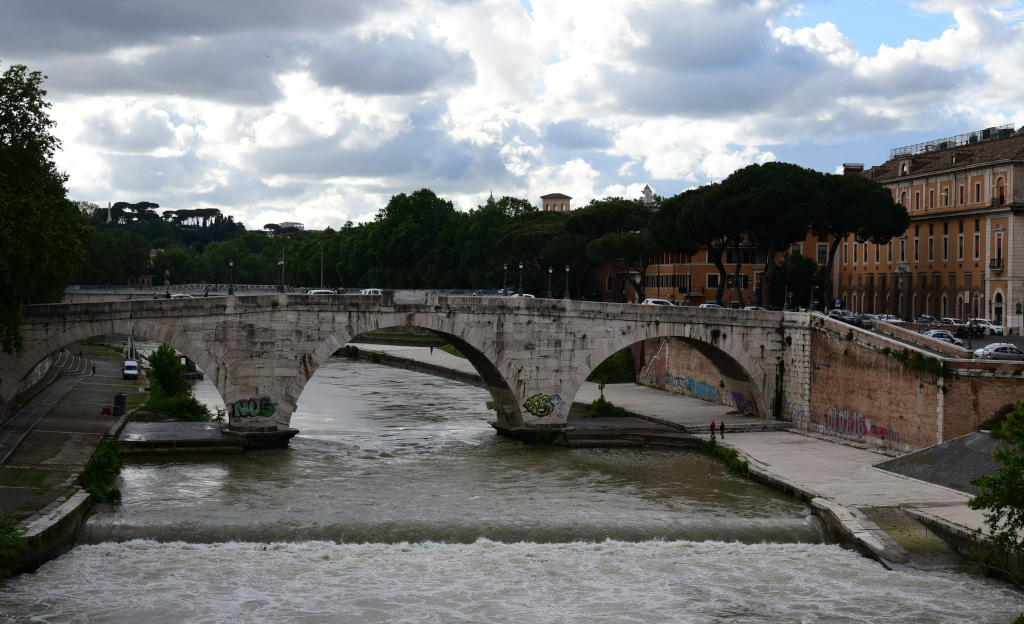May 15th, 2018
Frascati is located some 20 km east of Rome in the Alban hills, the modern version of the nearby Etruscan town of Tusculum. When Tusculum was destroyed in the late 12th century, it was superceded by Frascati, although the town was ravaged by the internecine conflict that characterized the area of Italy through the Middle Ages.
The town’s prominence increased when Pope Julius II gave the town as feudal posstion to Marcantonio Colonna in the early 16th century, then was passed on to Pier Luigi Farnese, nephew of Pope Paul III. By the 18th century, the town continued to be passed between the hands of privileged figures of the era, in the early 19th century being annexed to the French Empire.
Towards the end of World War II, some half of the buildings in town were destroyed due to bombardments, given that the town contained the German army headquarters for the Mediterranean region.
Frascati is also known for its white wine. The wine was popular in ancient Rome, with the Renaissance Popes, as well as the literati of the 1700s and 1800s, and of the La Dolce Vita generation in the 1960s. The wine is made from Malvasia di Candia, Malvasia del Lazio, Grechetto, Bombino bianco, and Trebbiano grapes. The Frascati wine gained Denominazione di Origine Controllata (DOC) status in 1966 and DOCG status in 2011, making it one of Italy’s first DOC wines.
Circo Massimo is the site of an ancient Roman chariot racing stadium situated between the Palatine and Aventine hills. It was the first and largest stadium in Republican and Imperial Rome. The stadium was used for public games pertaining to religious festivals, including religious ceremonies and public feasts, horse and chariot racing, athletics, plays and recitals, beast-hunts and gladiator fights.
Trastevere is a neighborhood of Rome, located to the west of the Tiber. In Pre-Republican times, the area was occupied by Etruscans, while during the Republic it was increasingly integrated into the city, and settled by many Jews and Syrians. Under Augustus, Trastevere formally joined Rome. The area was a centre of the Jewish community until the Middle Ages.
In modern times, Trastevere has been a magnet for the international community as well as a cultural haven, an iconic neighborhood in which the Roman dolce vita unfolds. Today, Trastevere has been overtaken by trendier neighborhoods, but nonetheless has its share of glamour, history and intimacy, particularly in terms of its placement south of the Gianicolo as well as along the banks of the Tiber across from the Centro Storico.
(Narrative paraphrased from Wikipedia).

